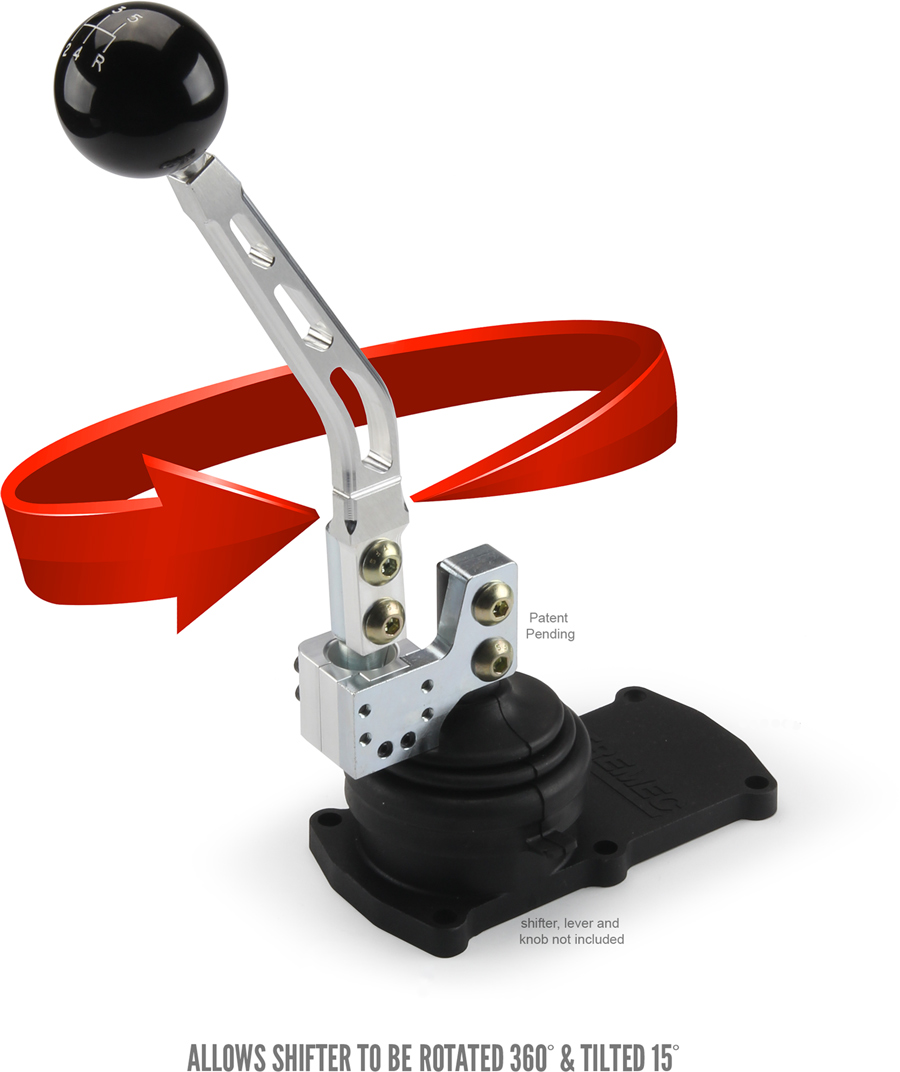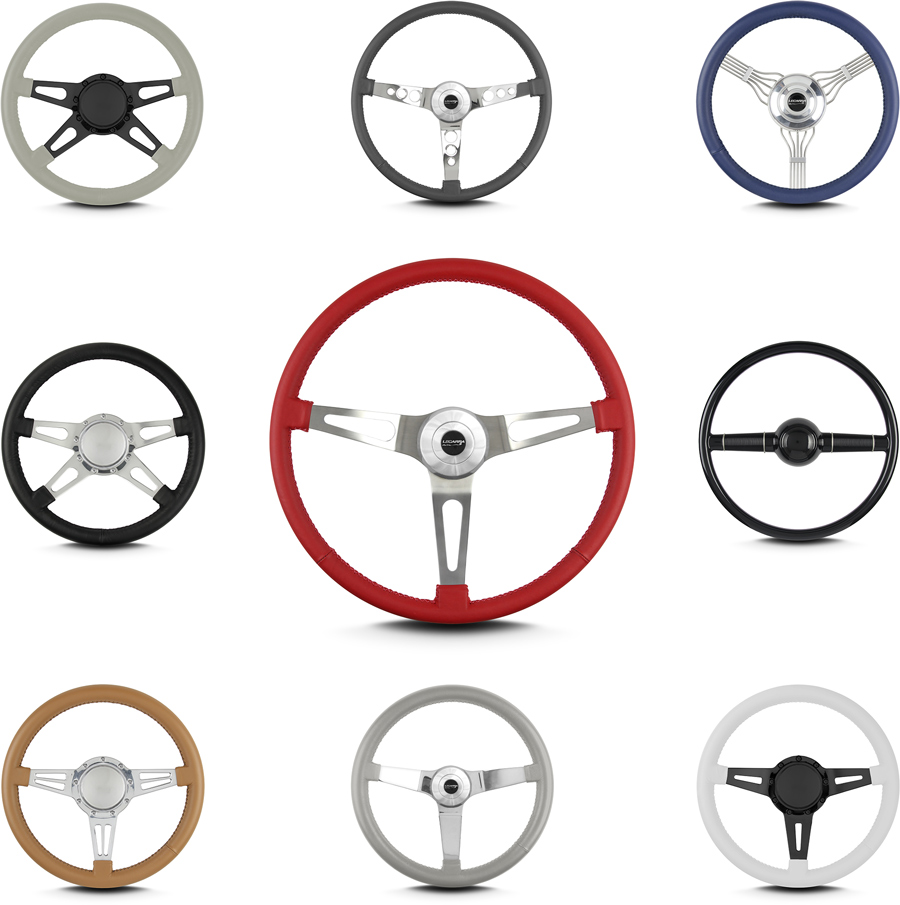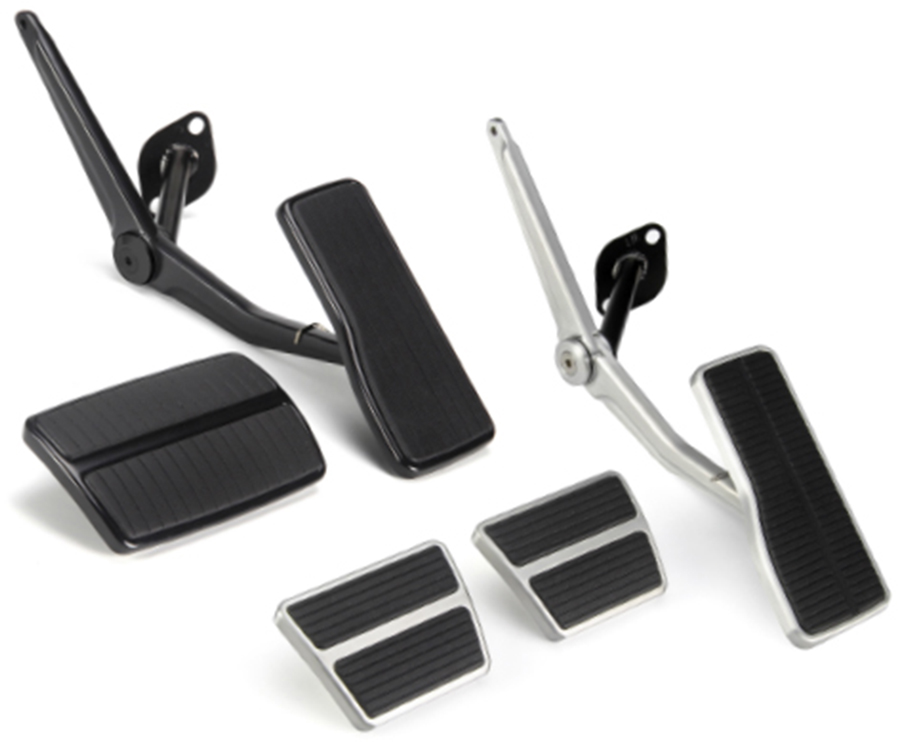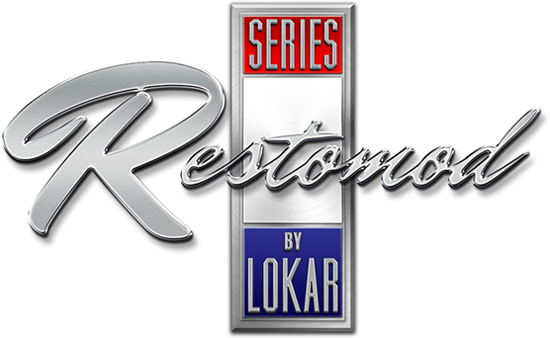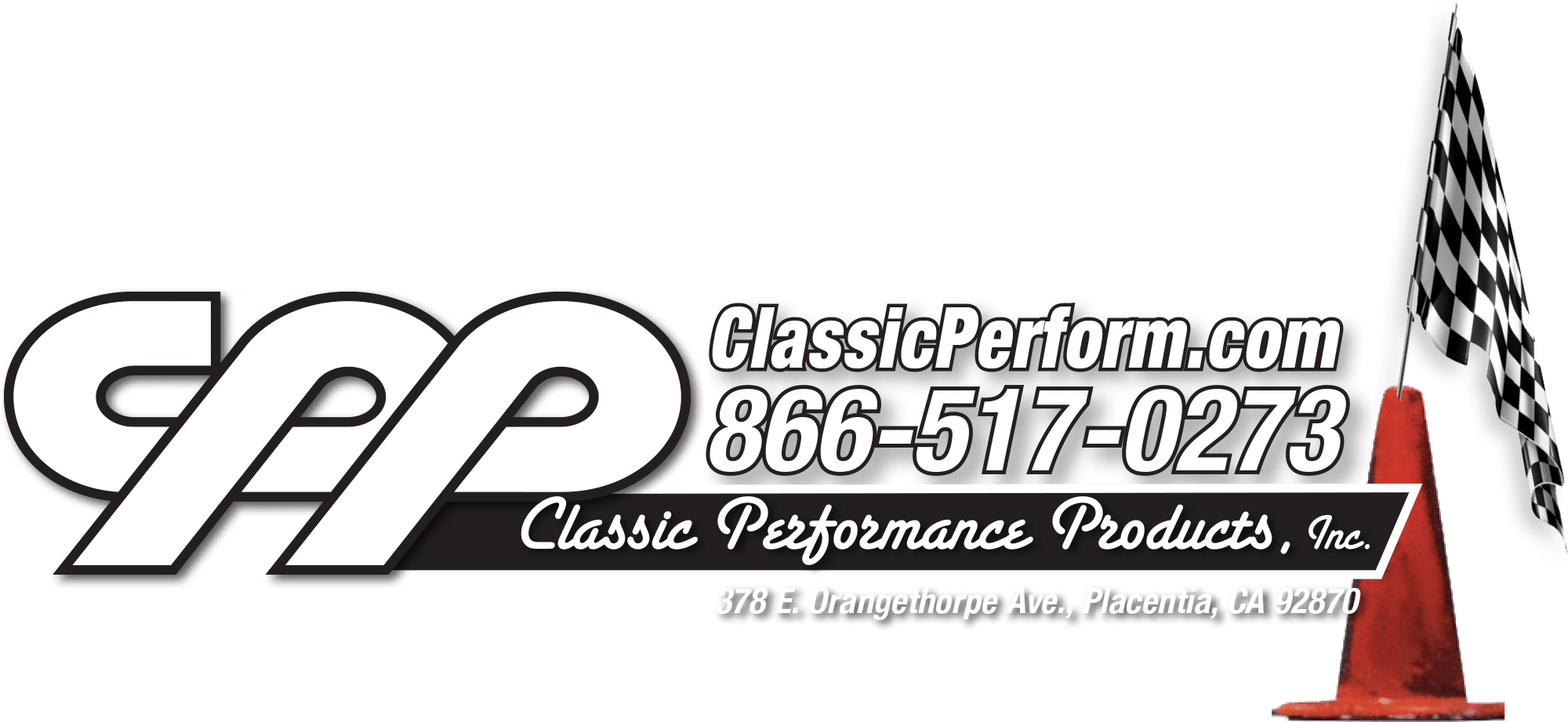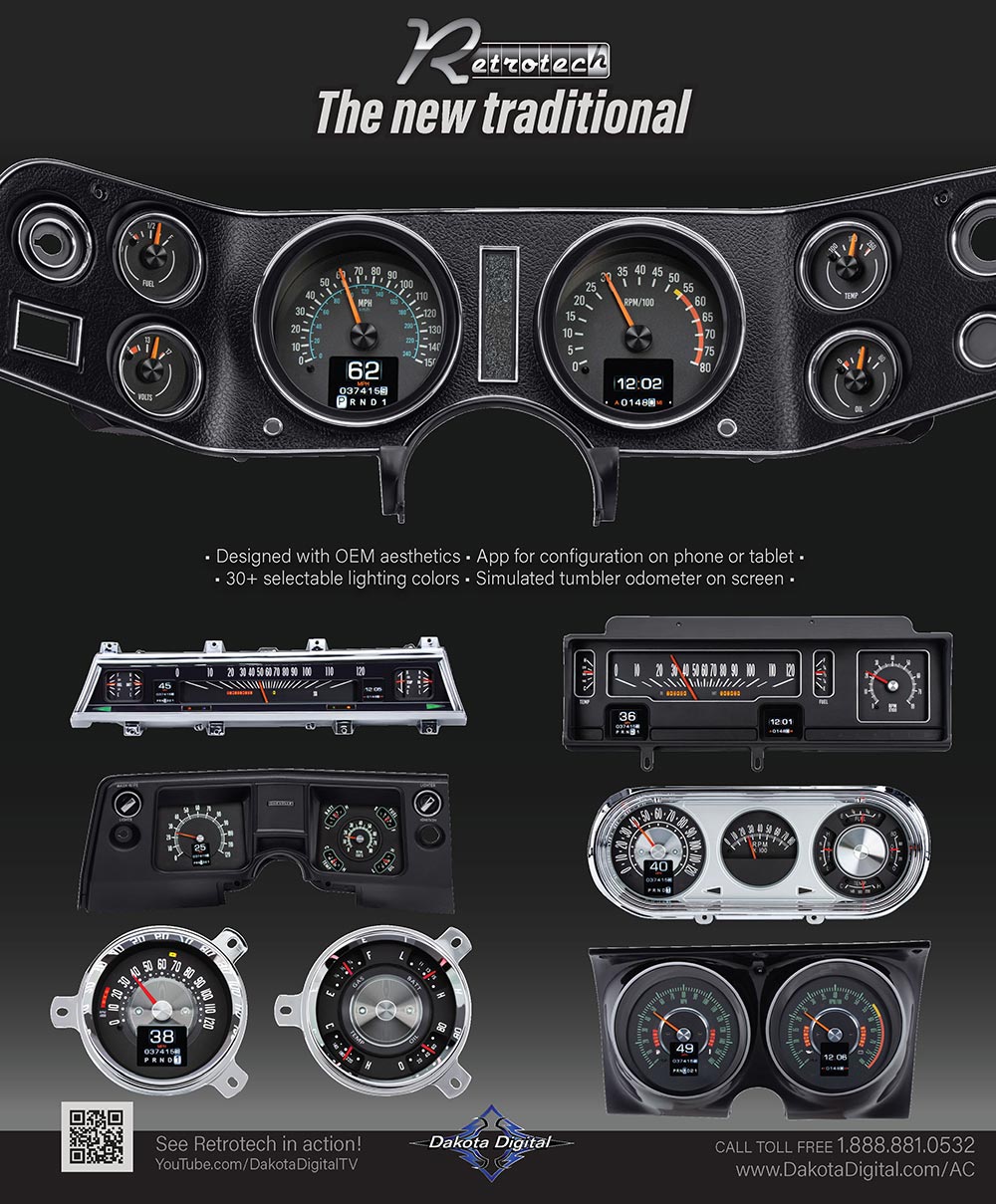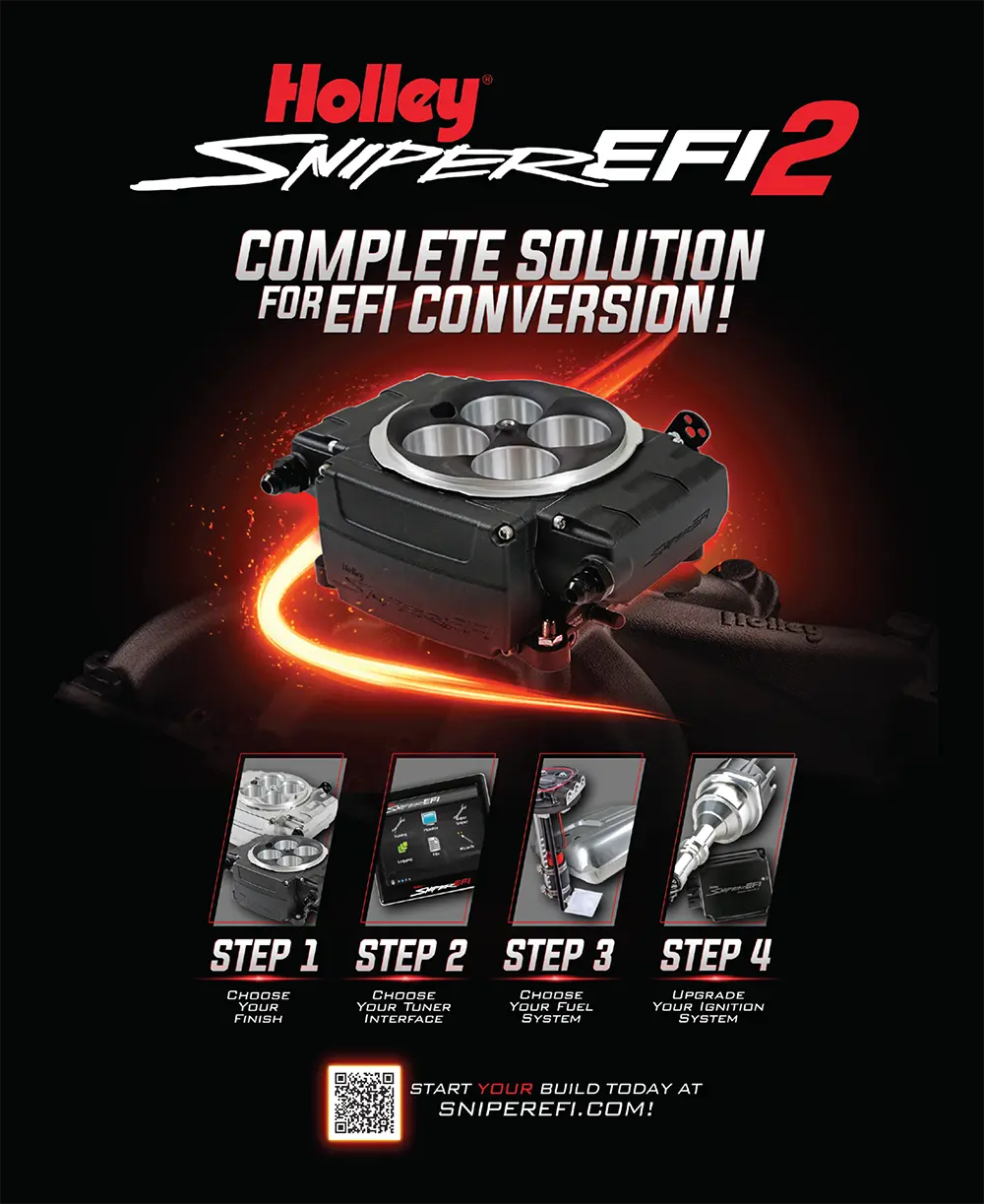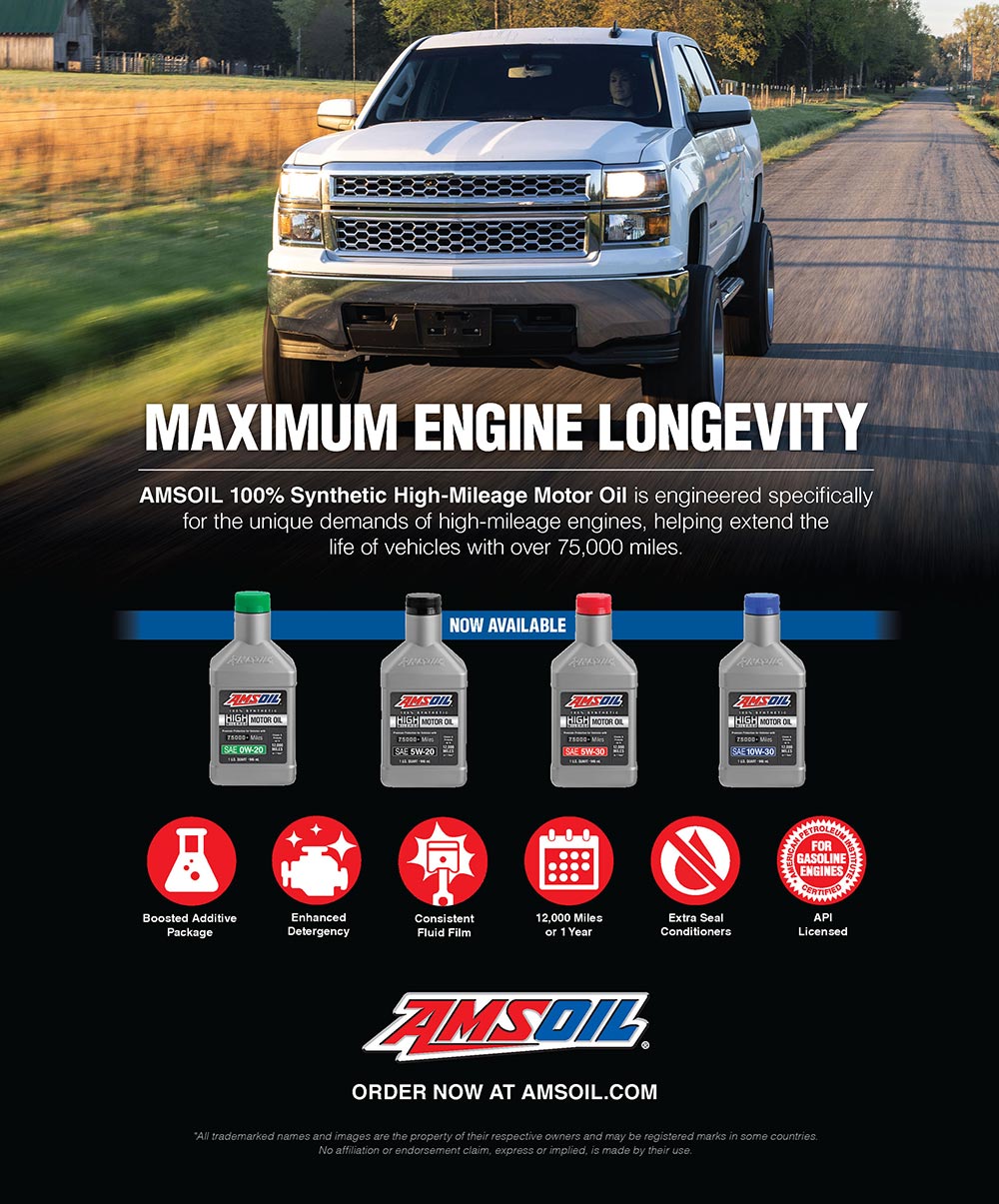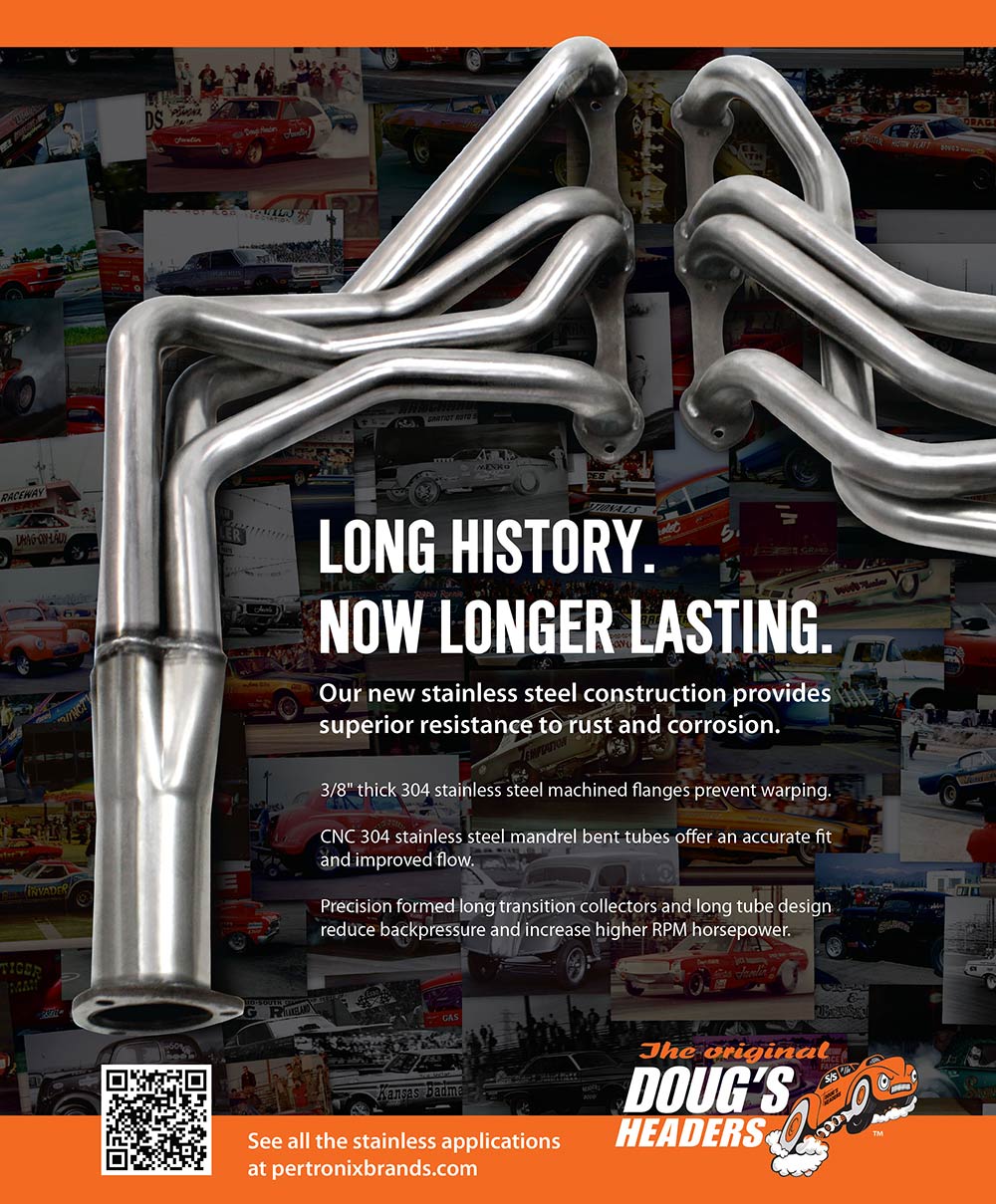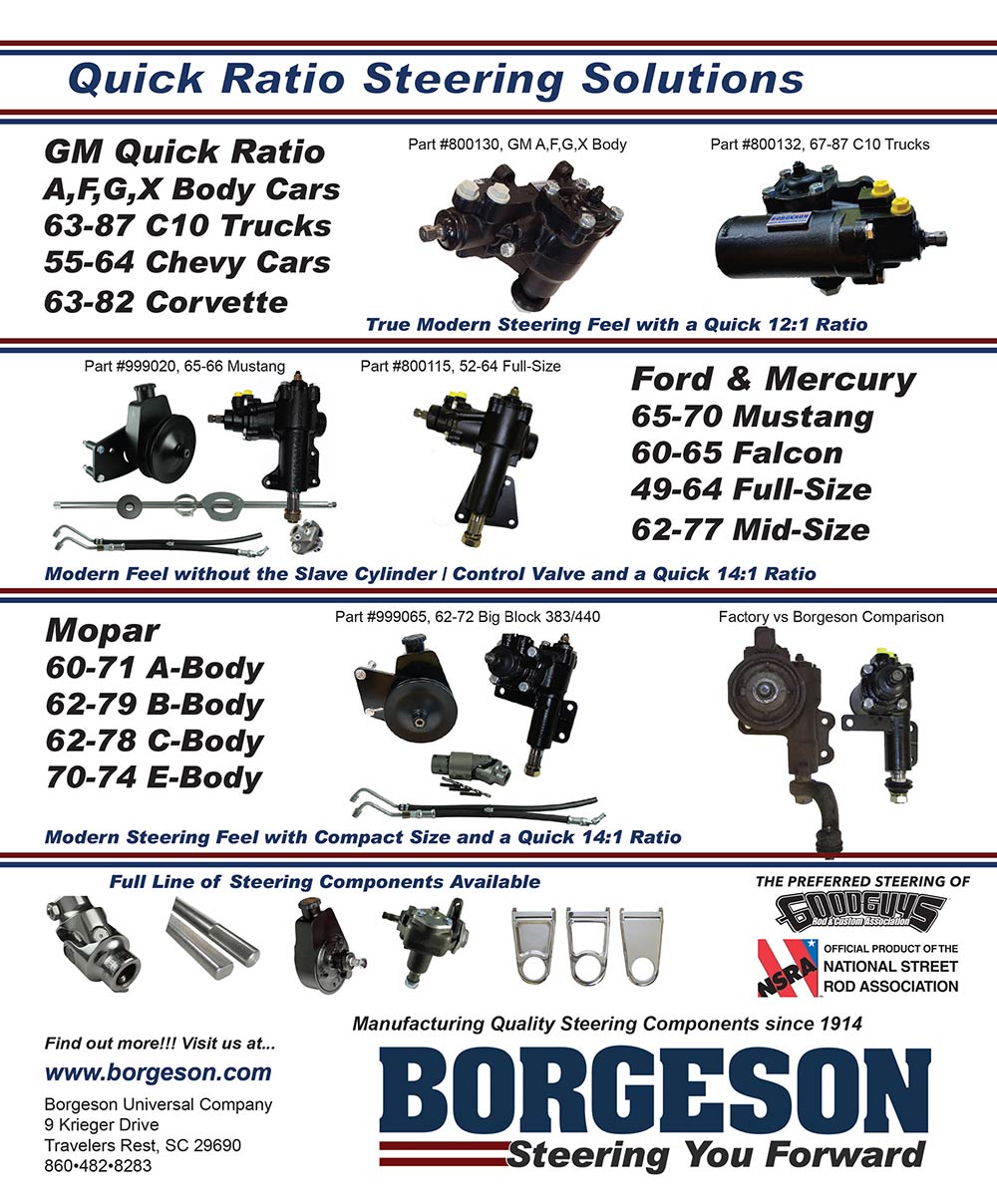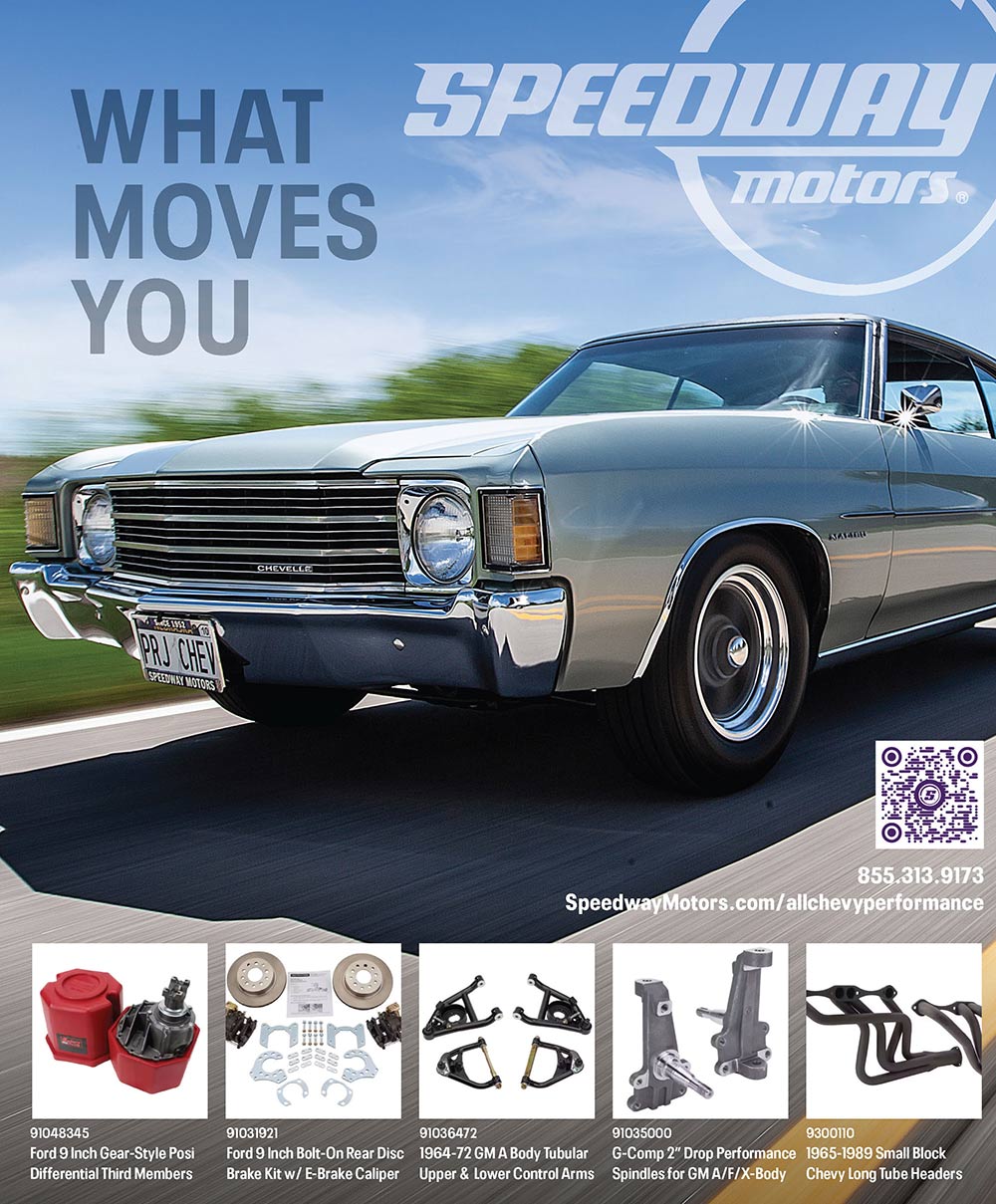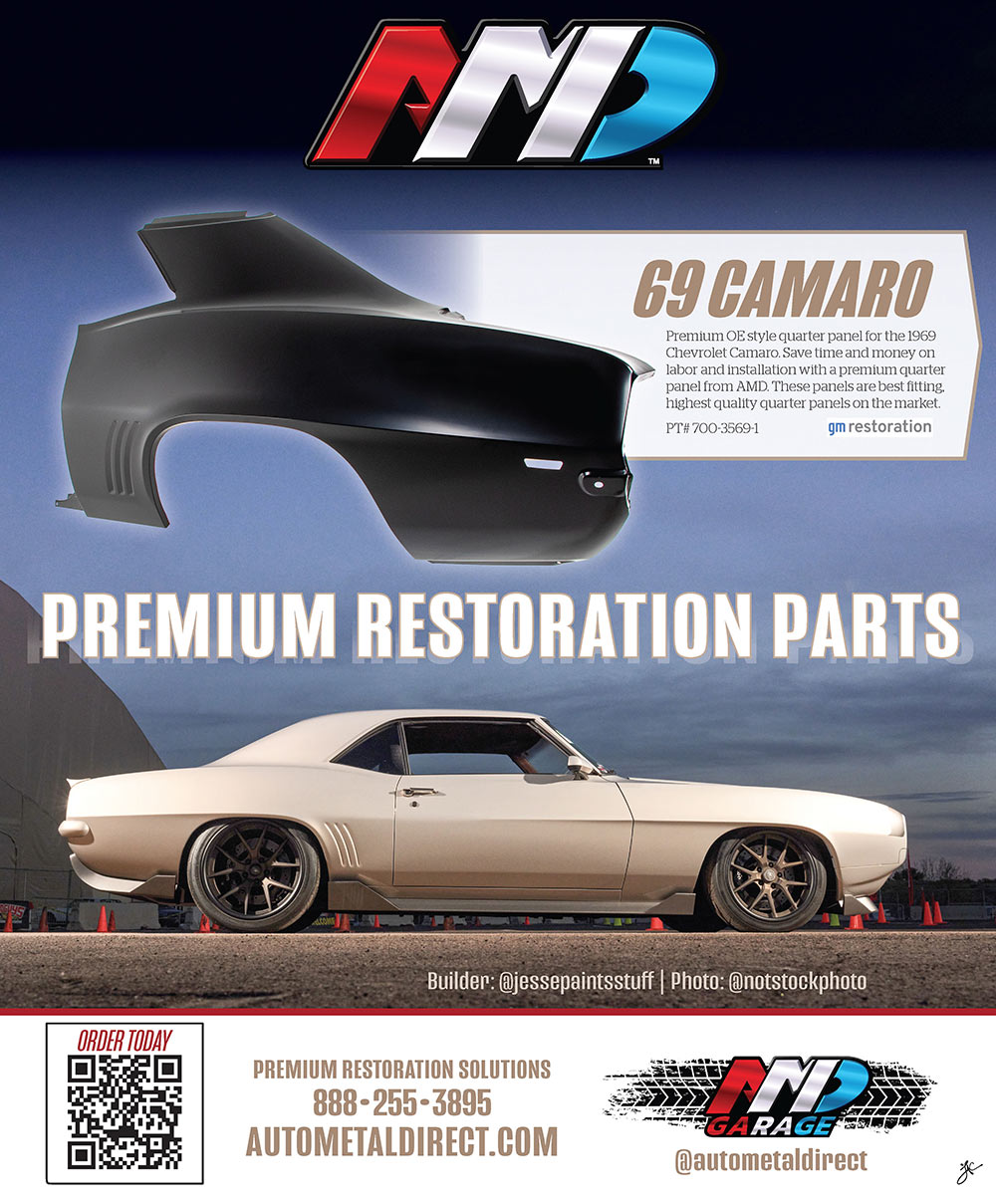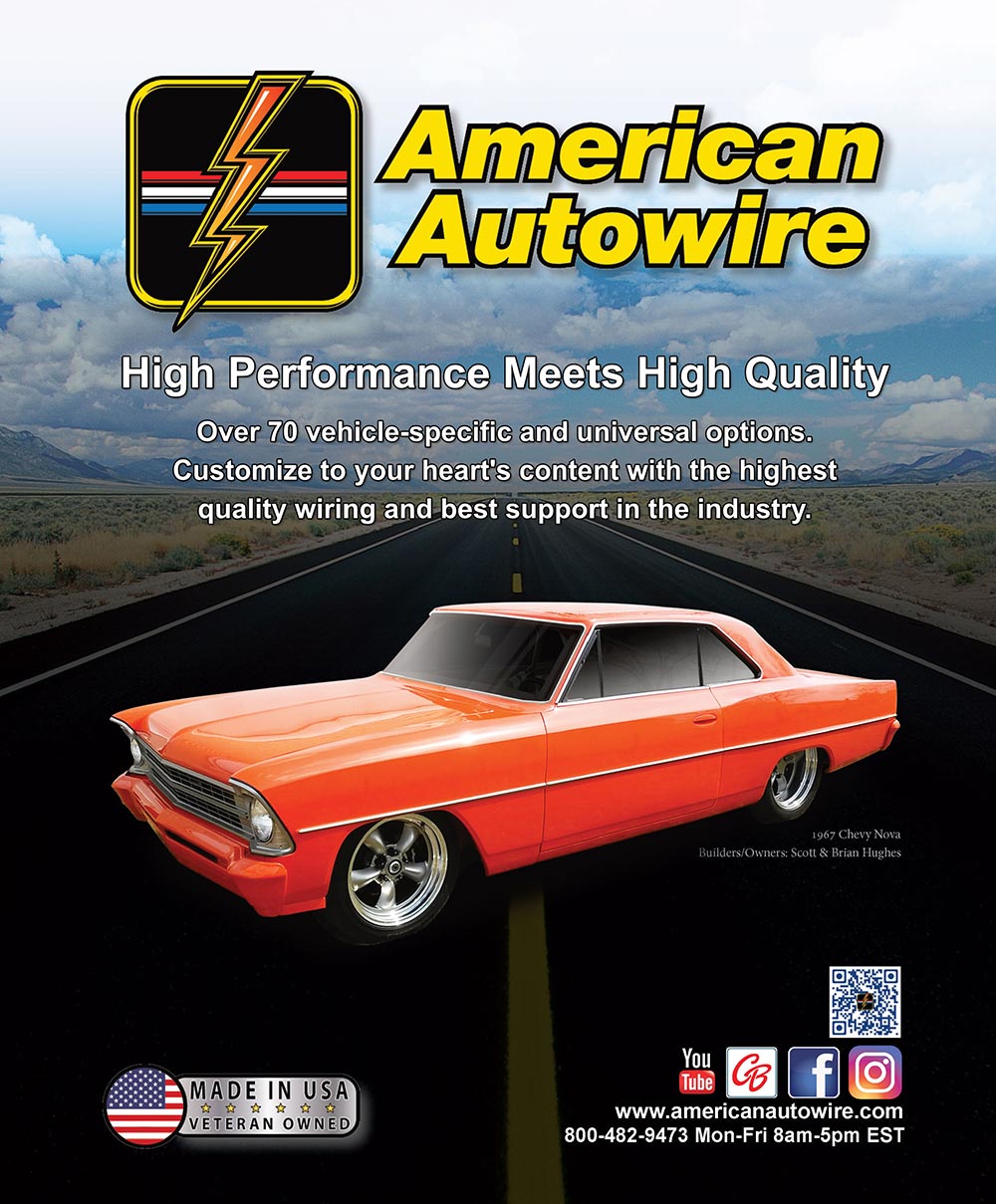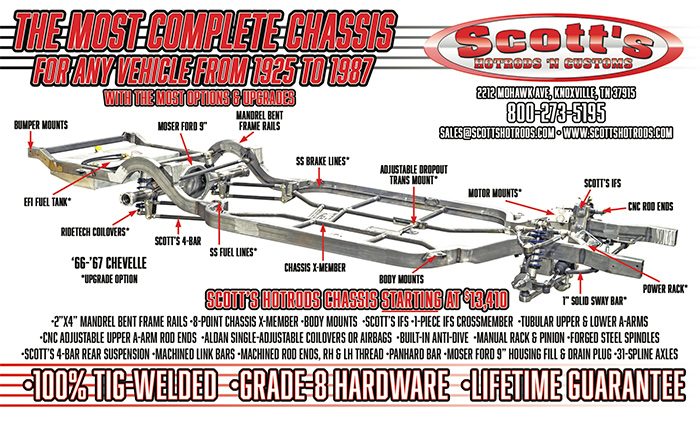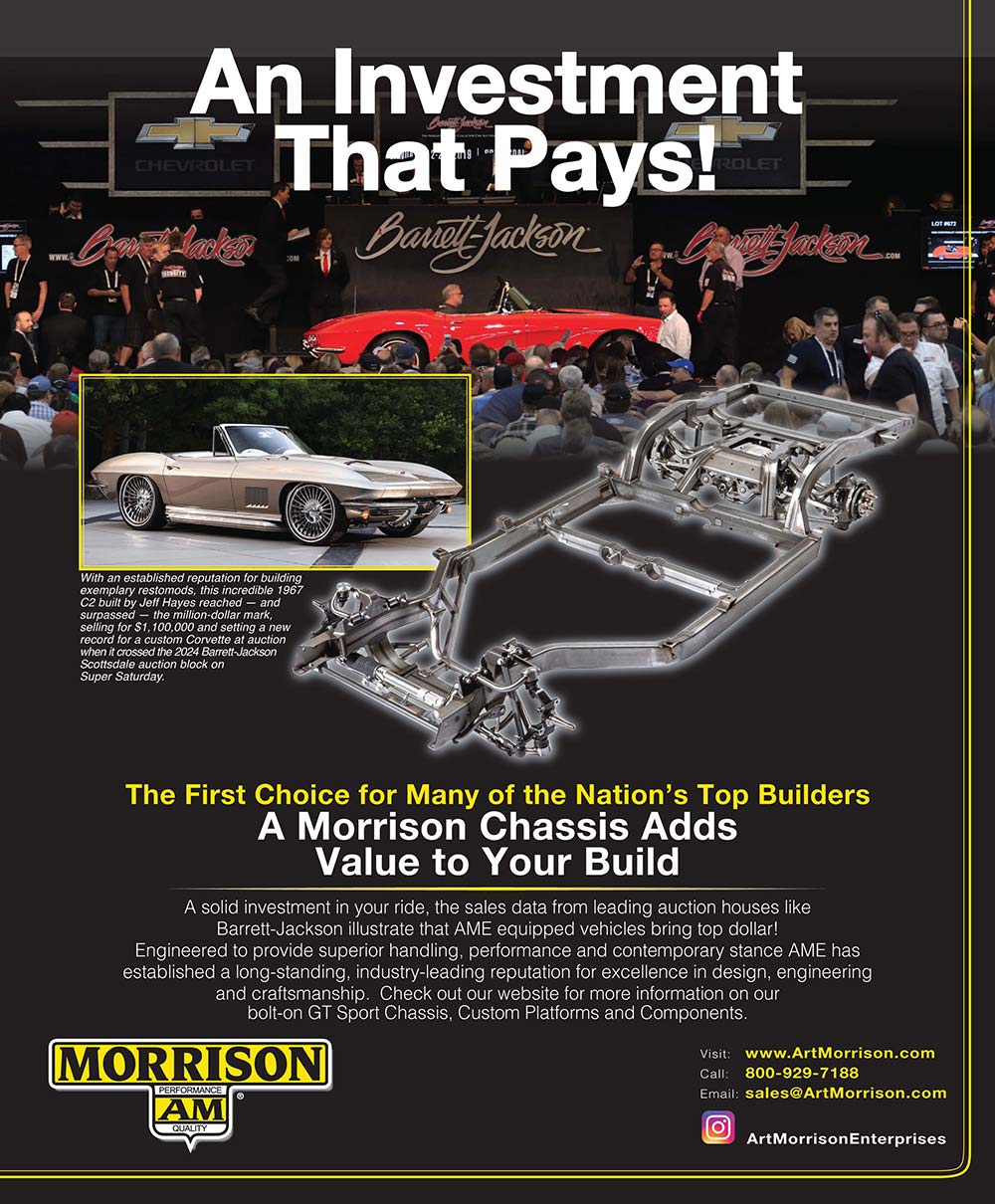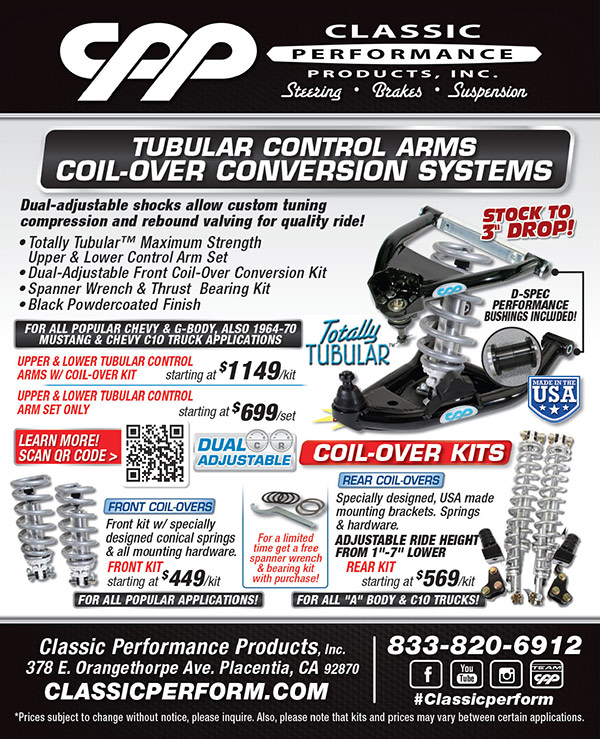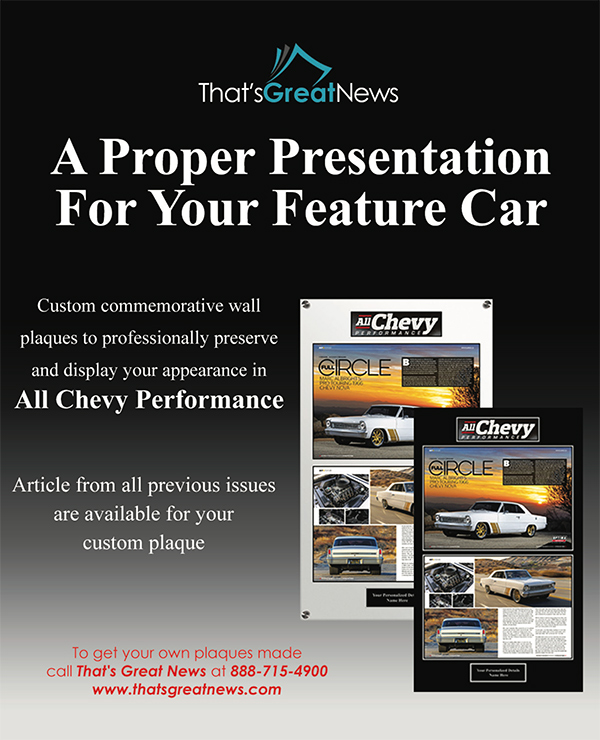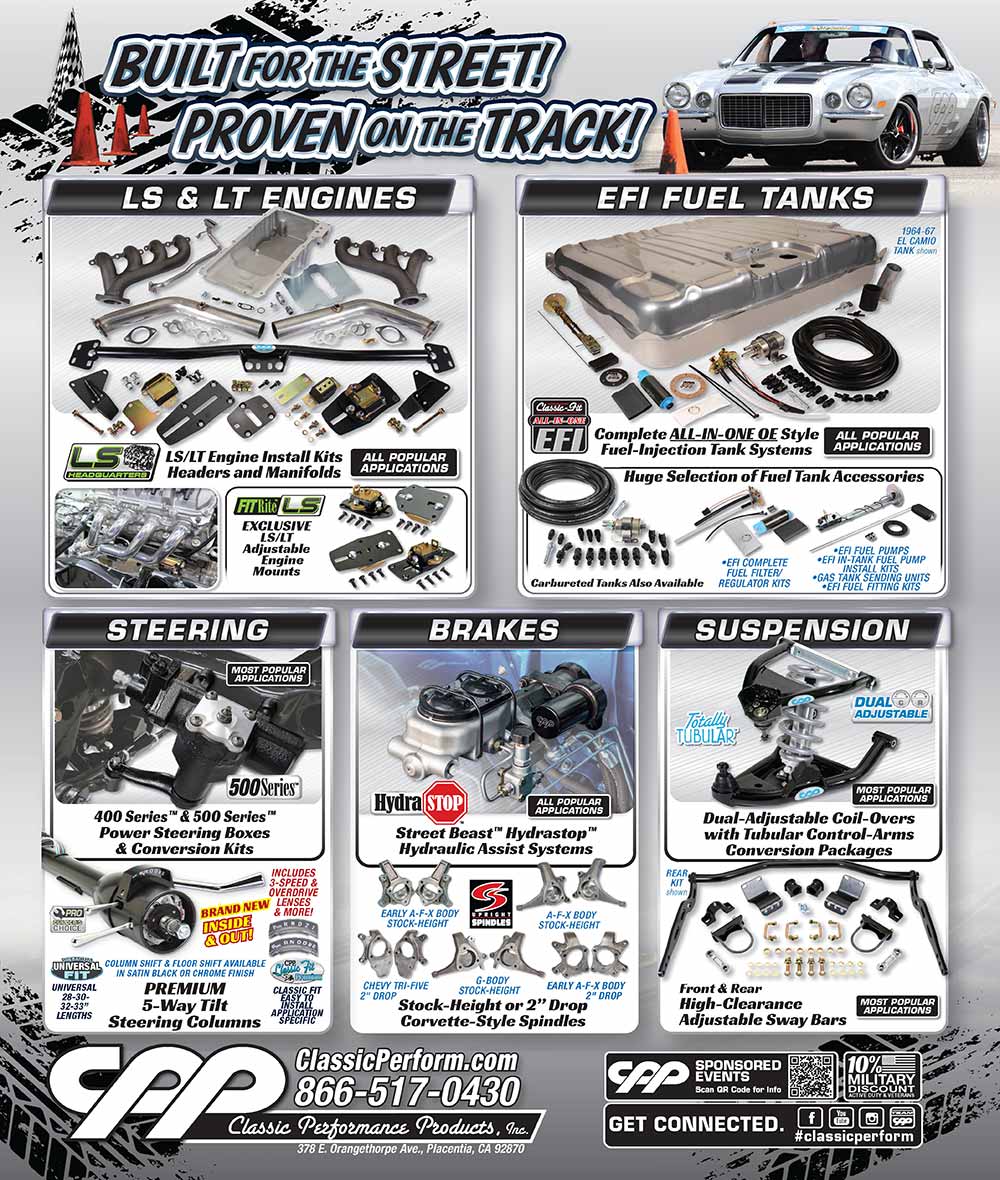Nip & Tuck
 TOC
TOC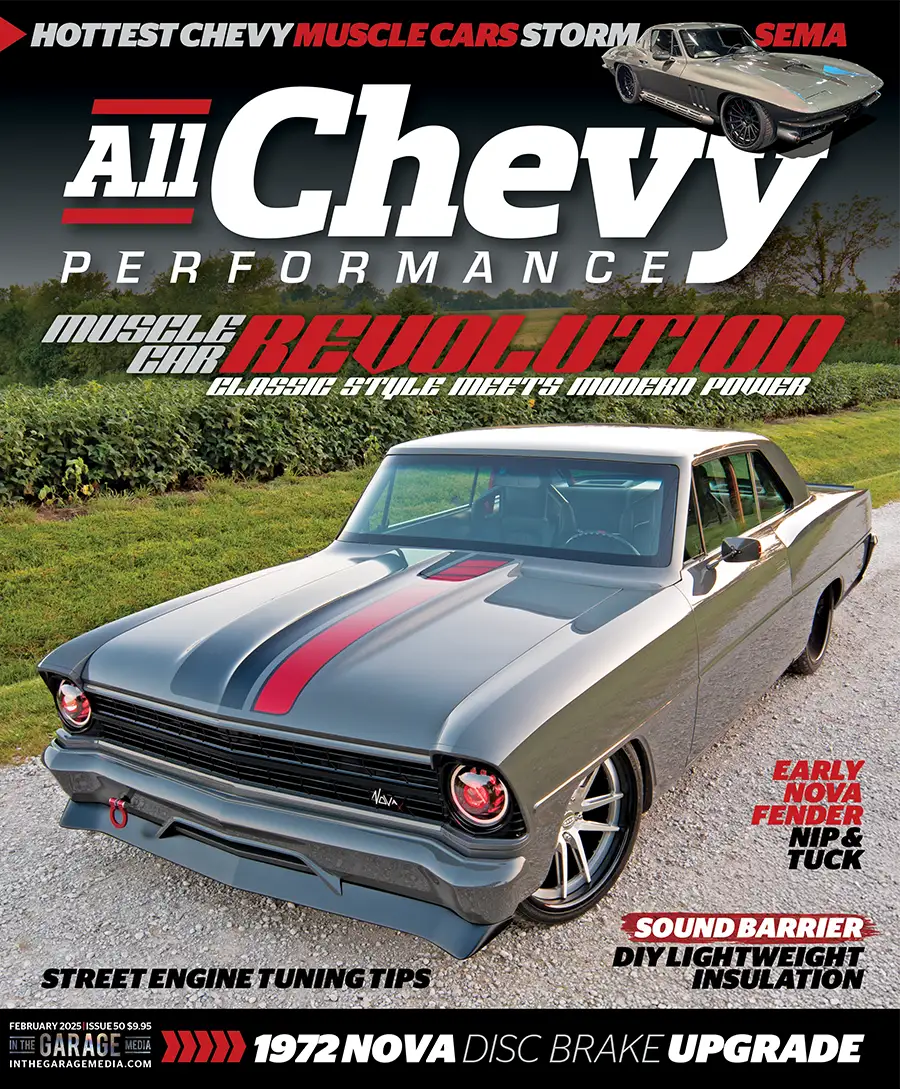

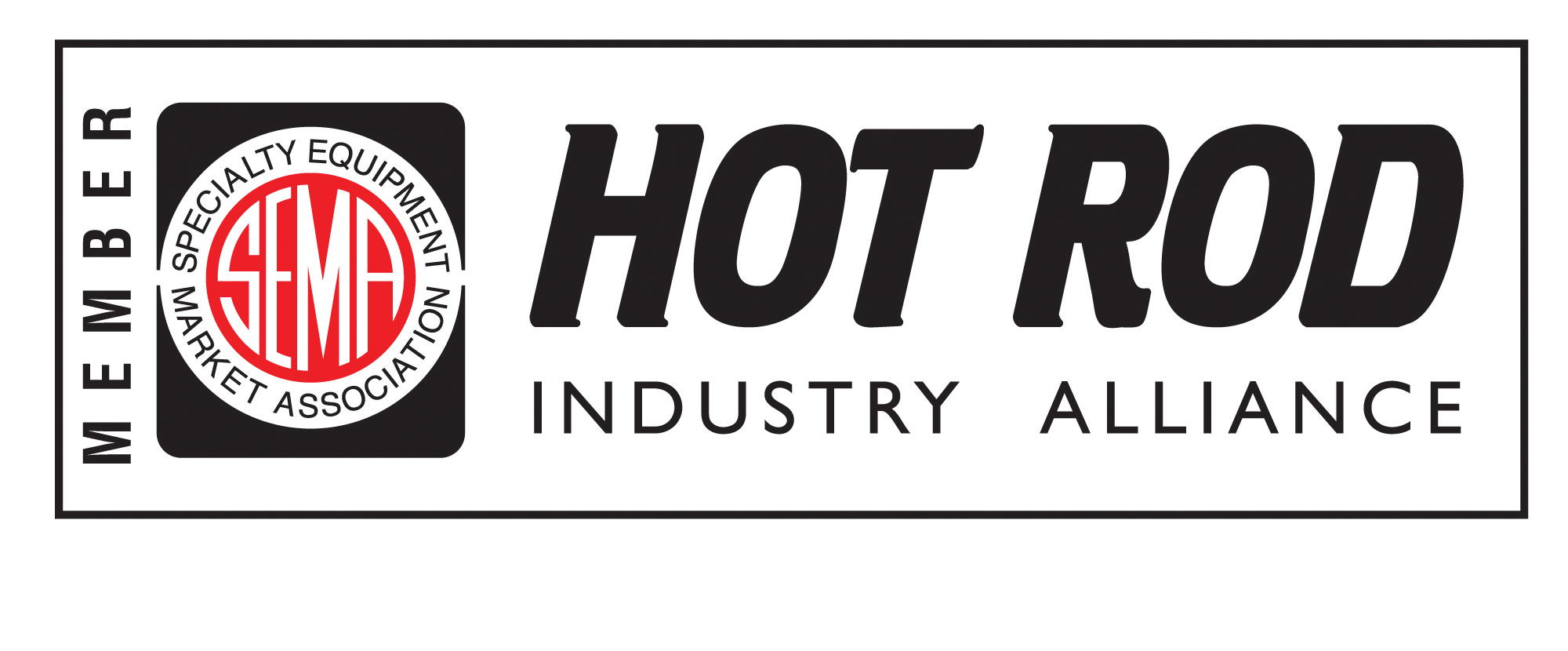

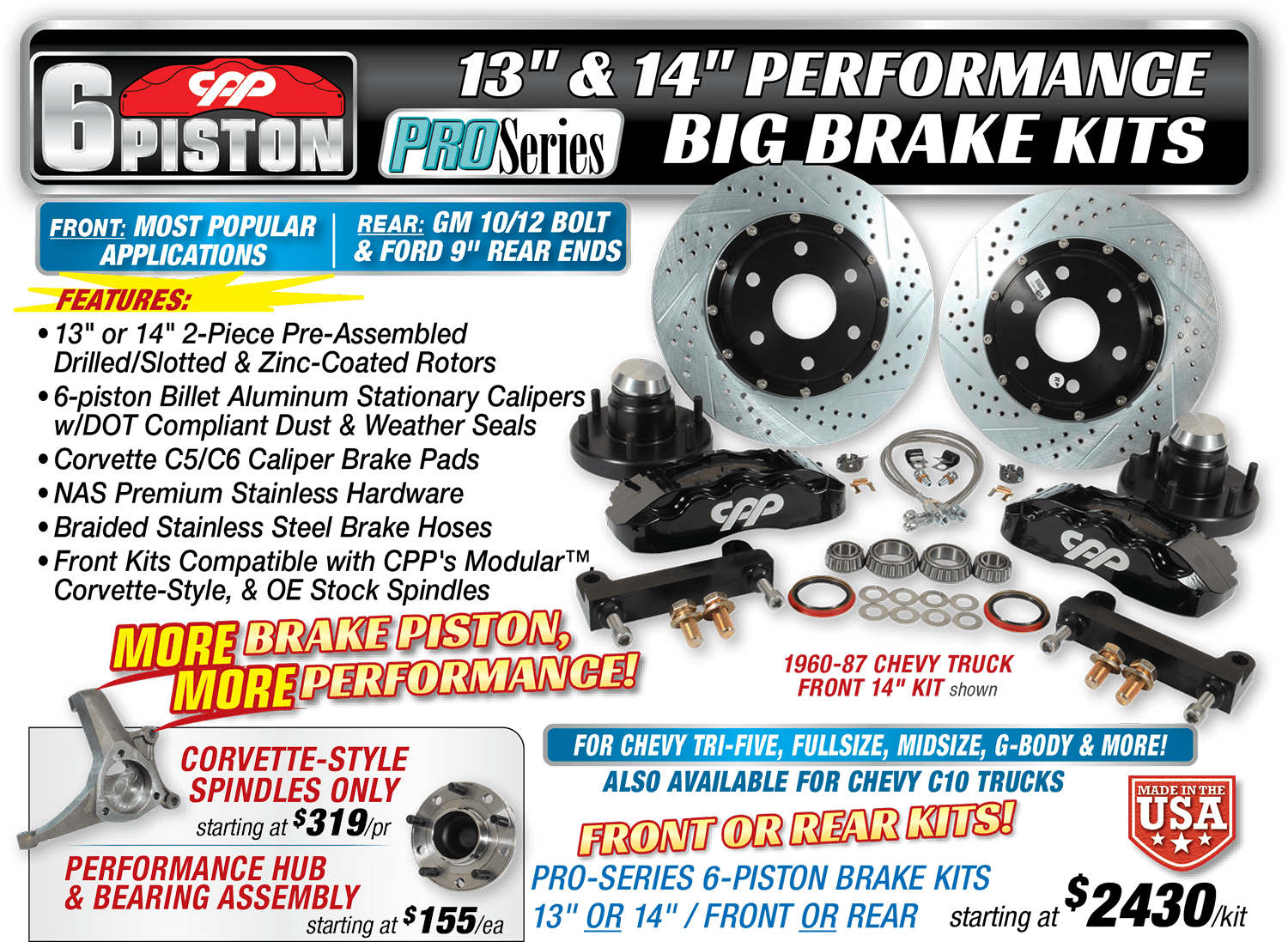
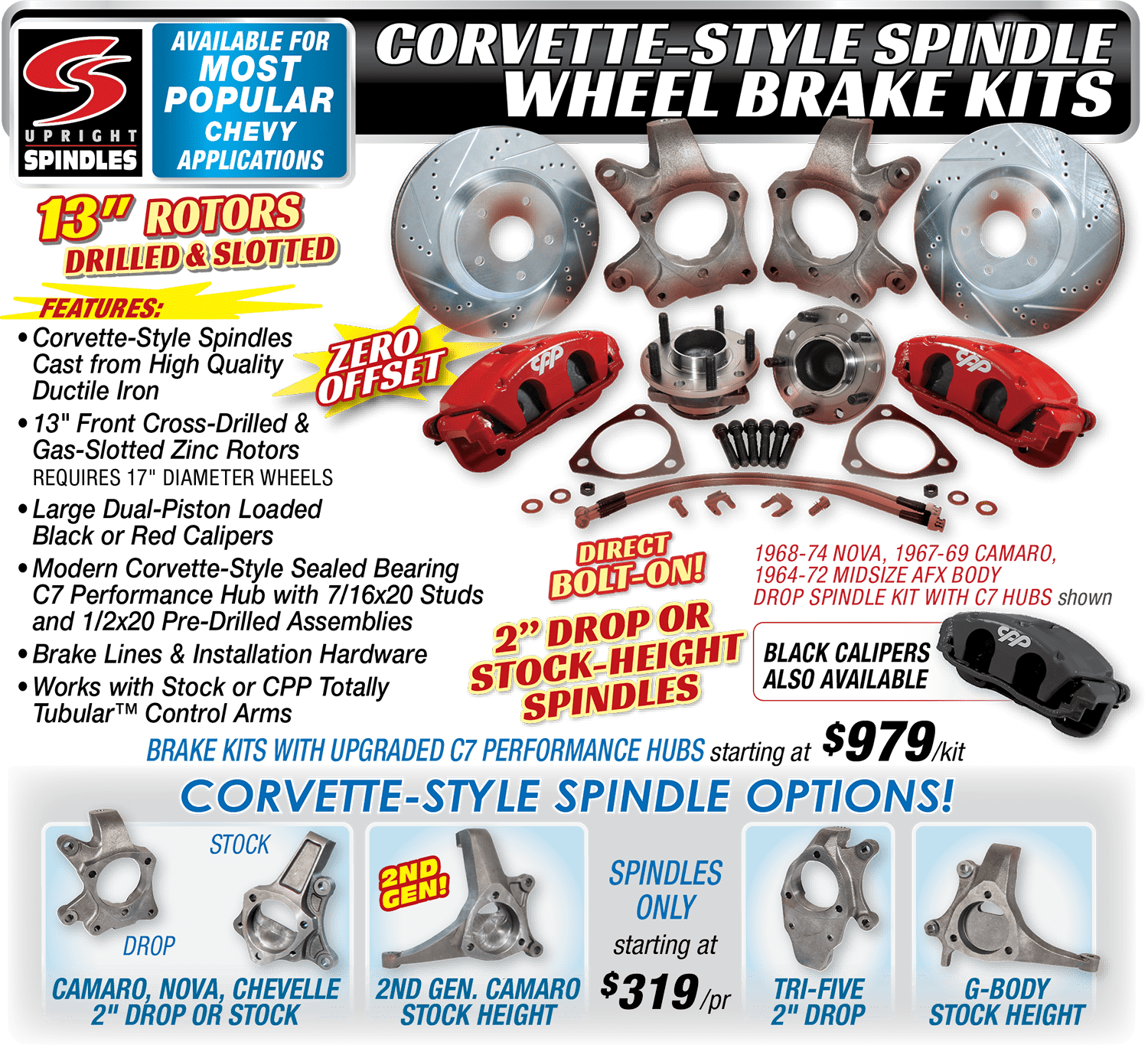
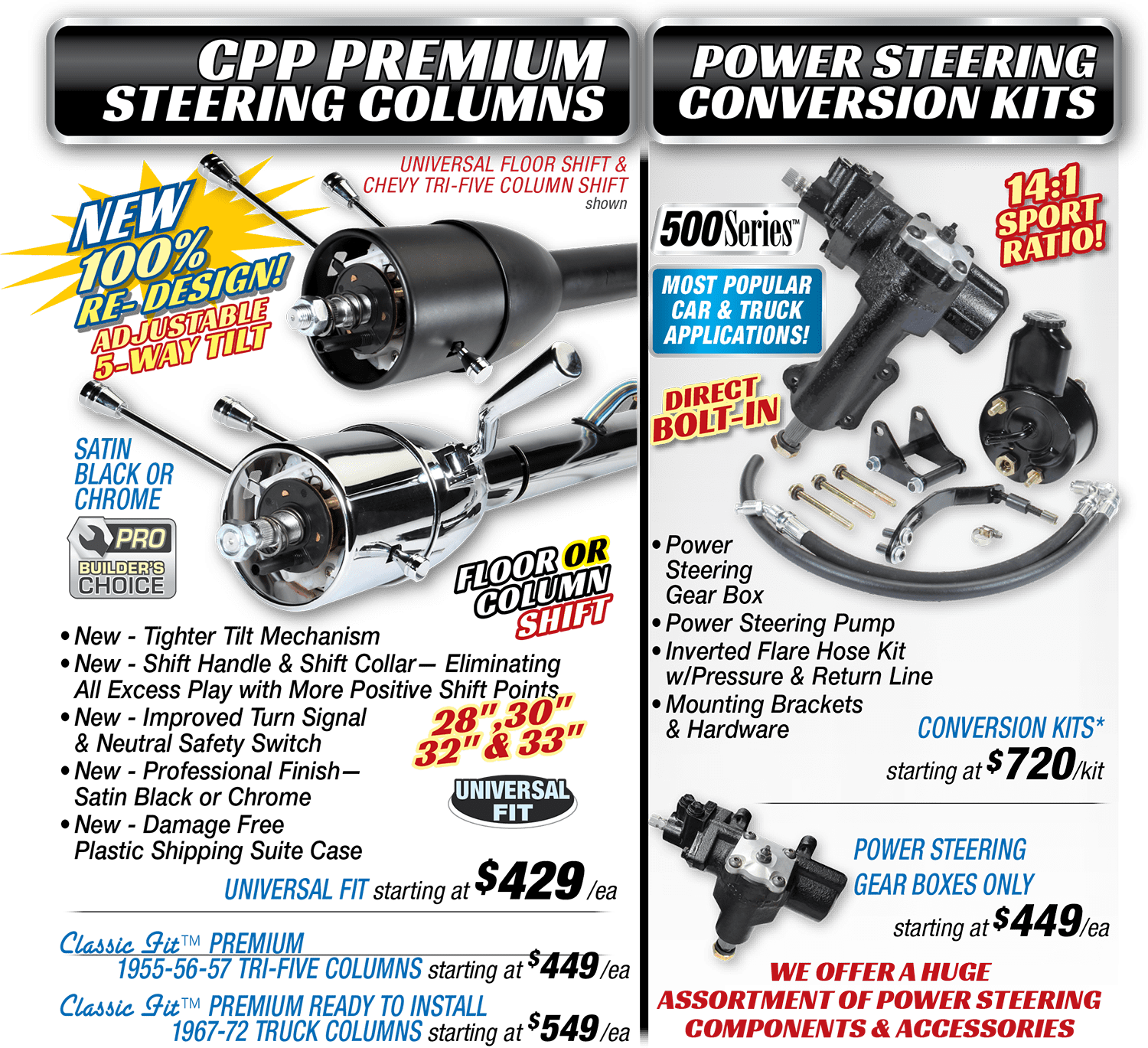
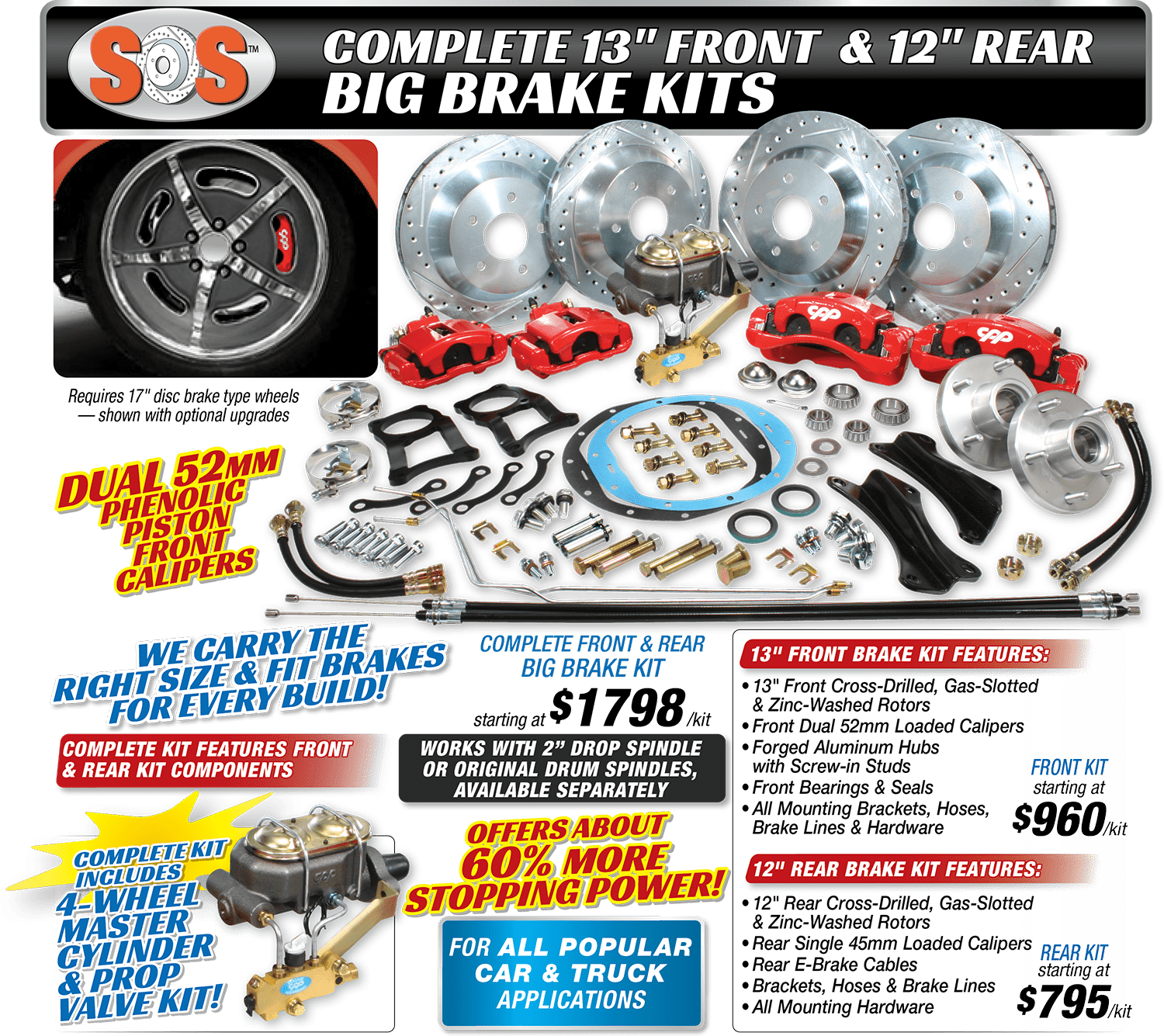
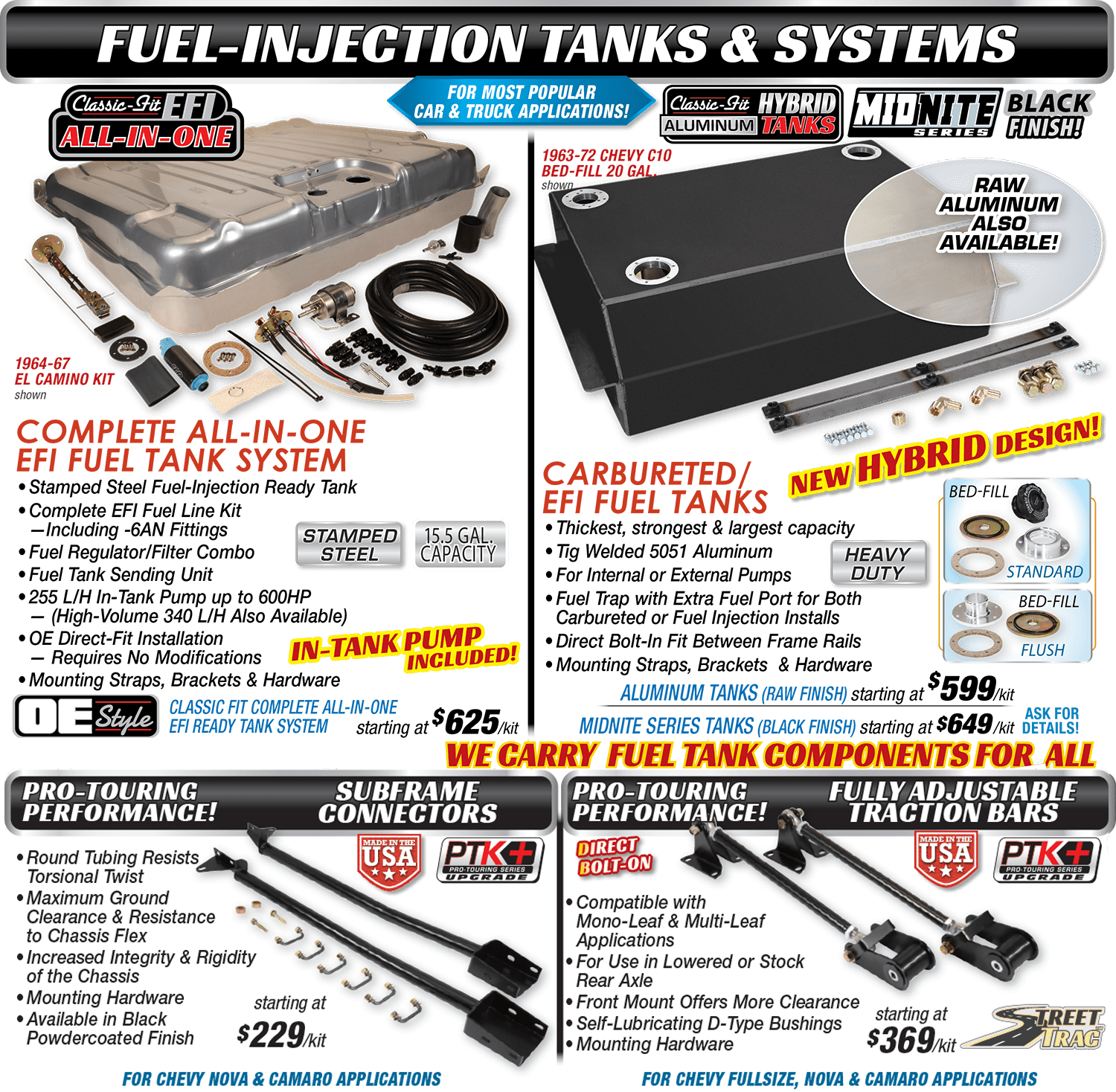

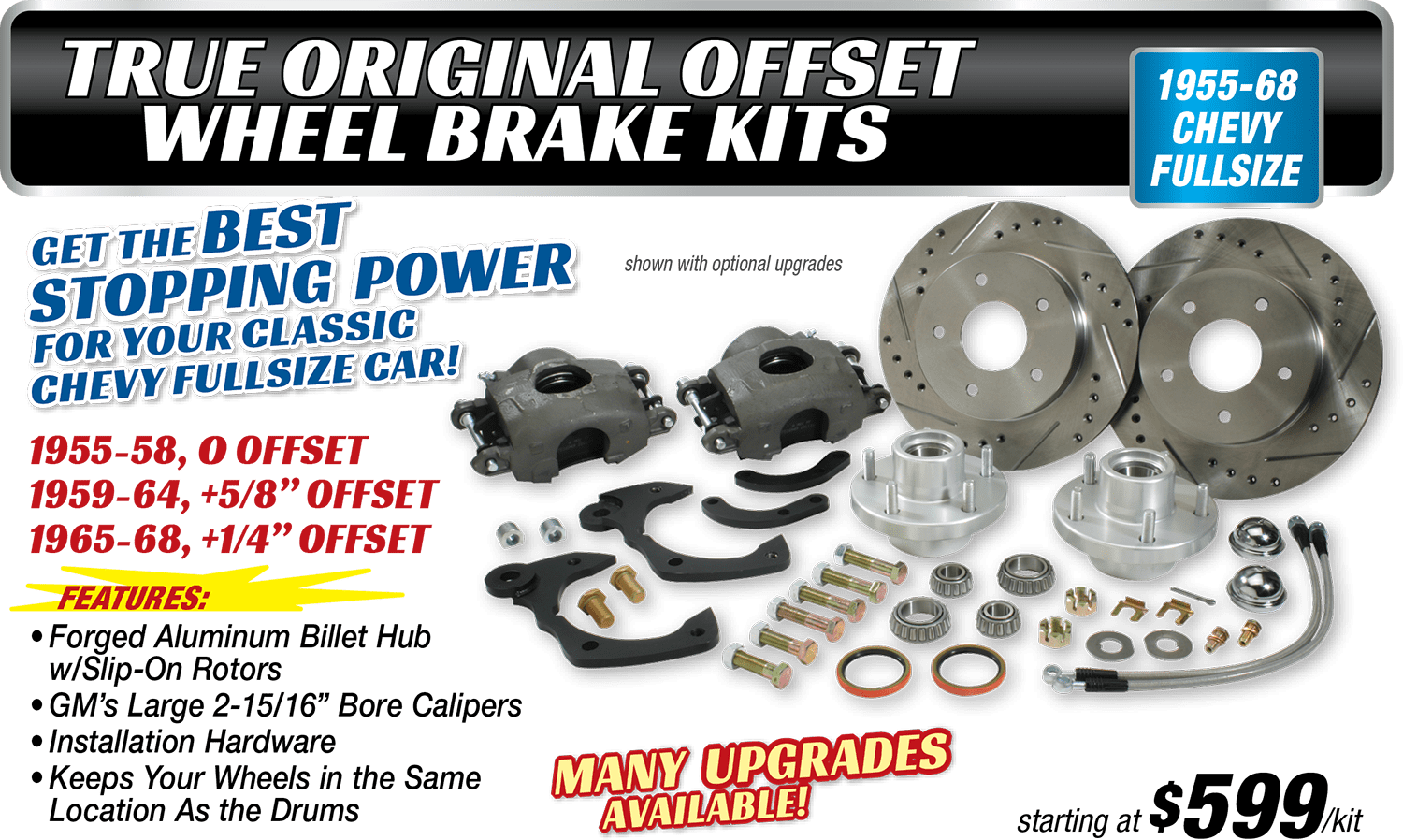
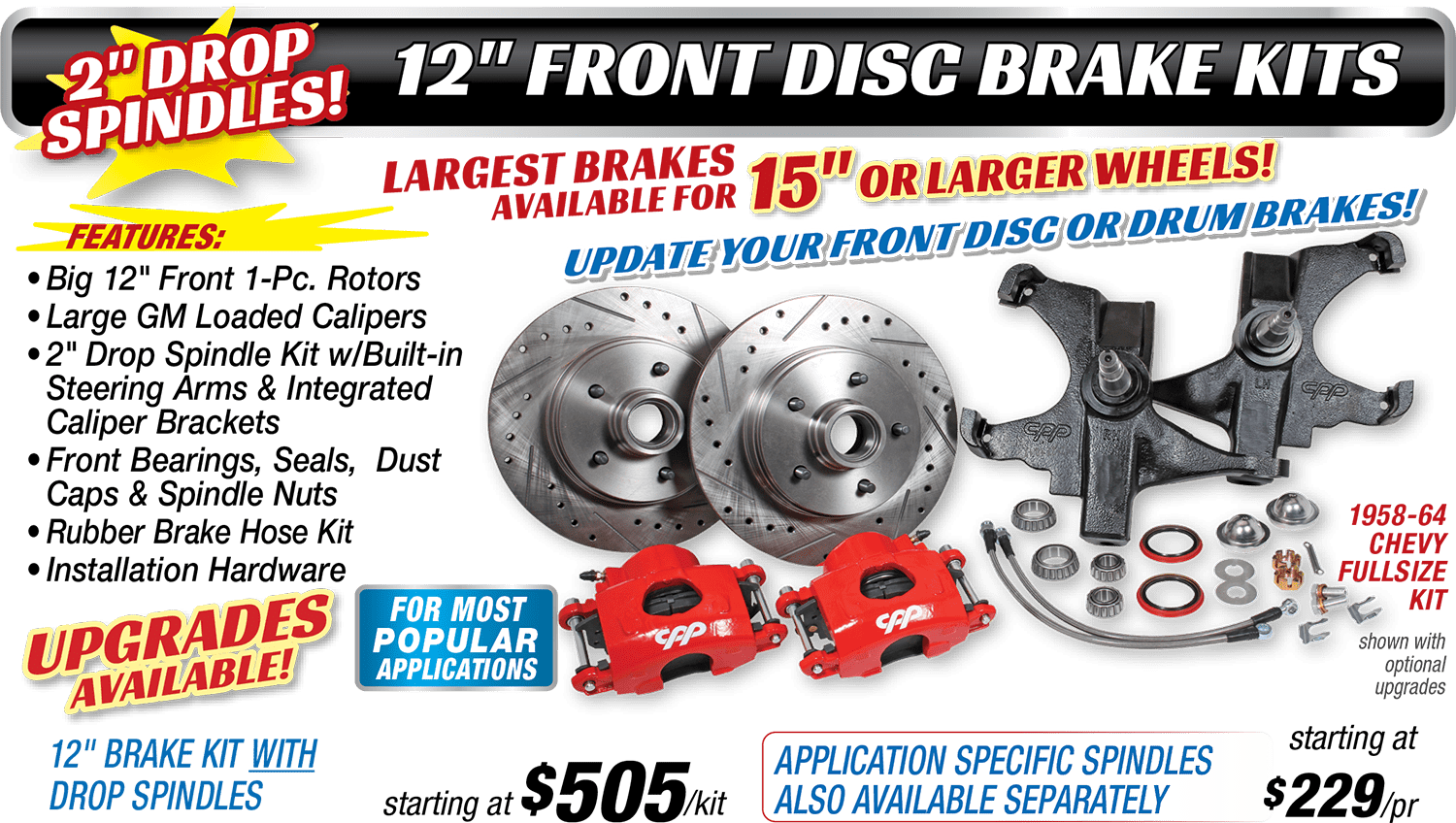
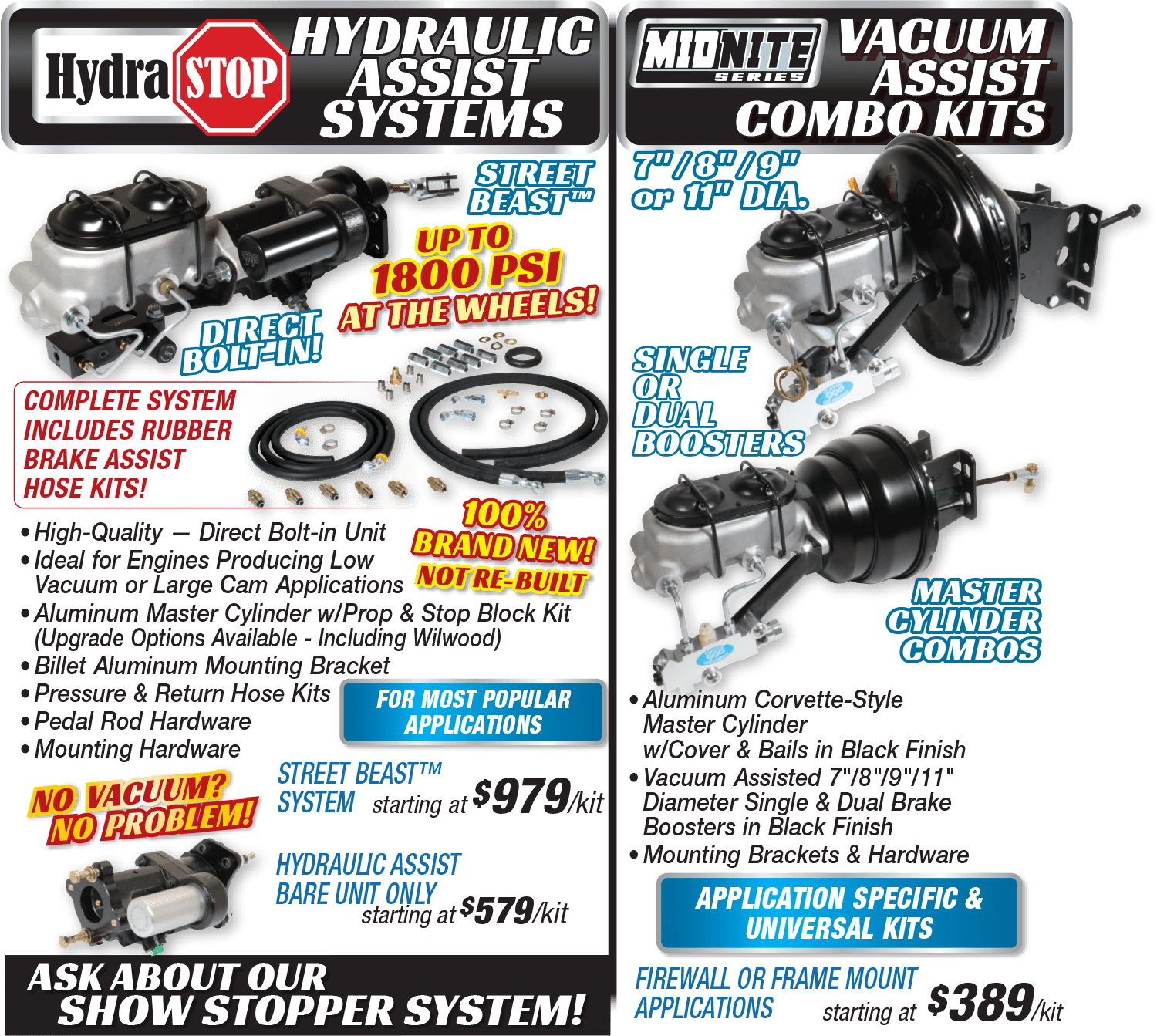
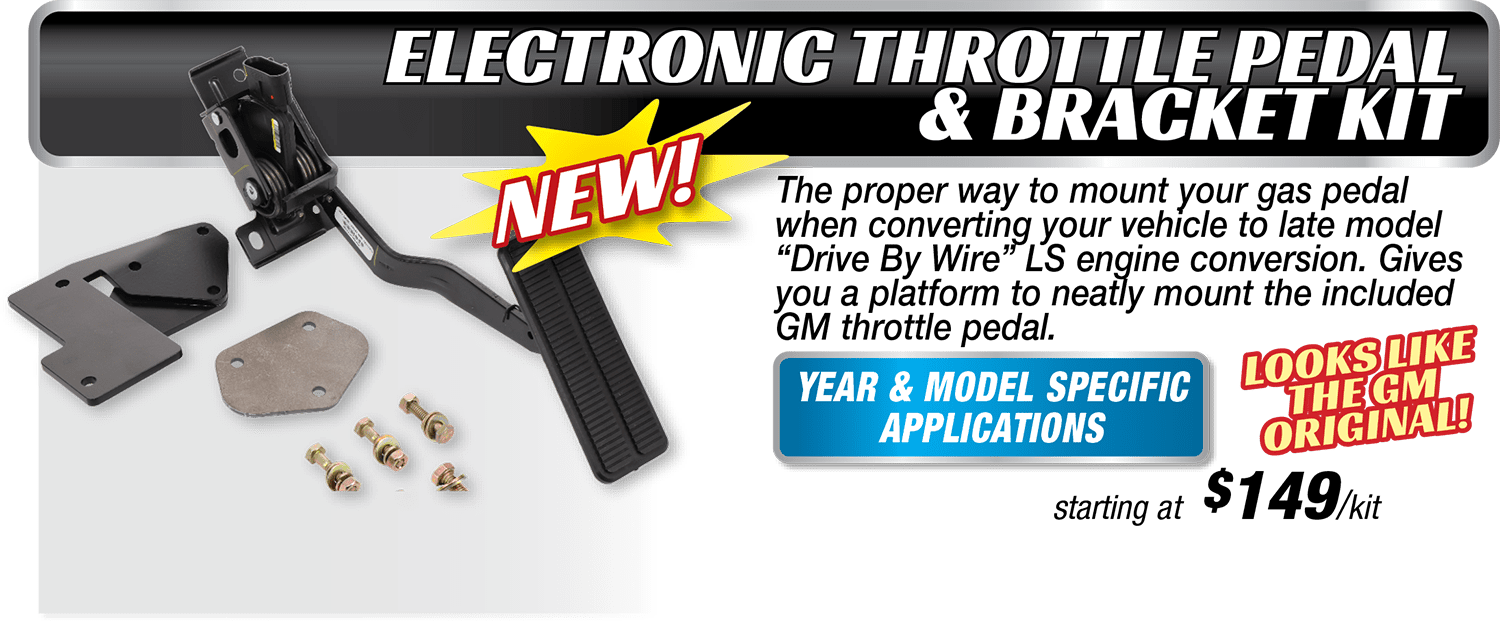
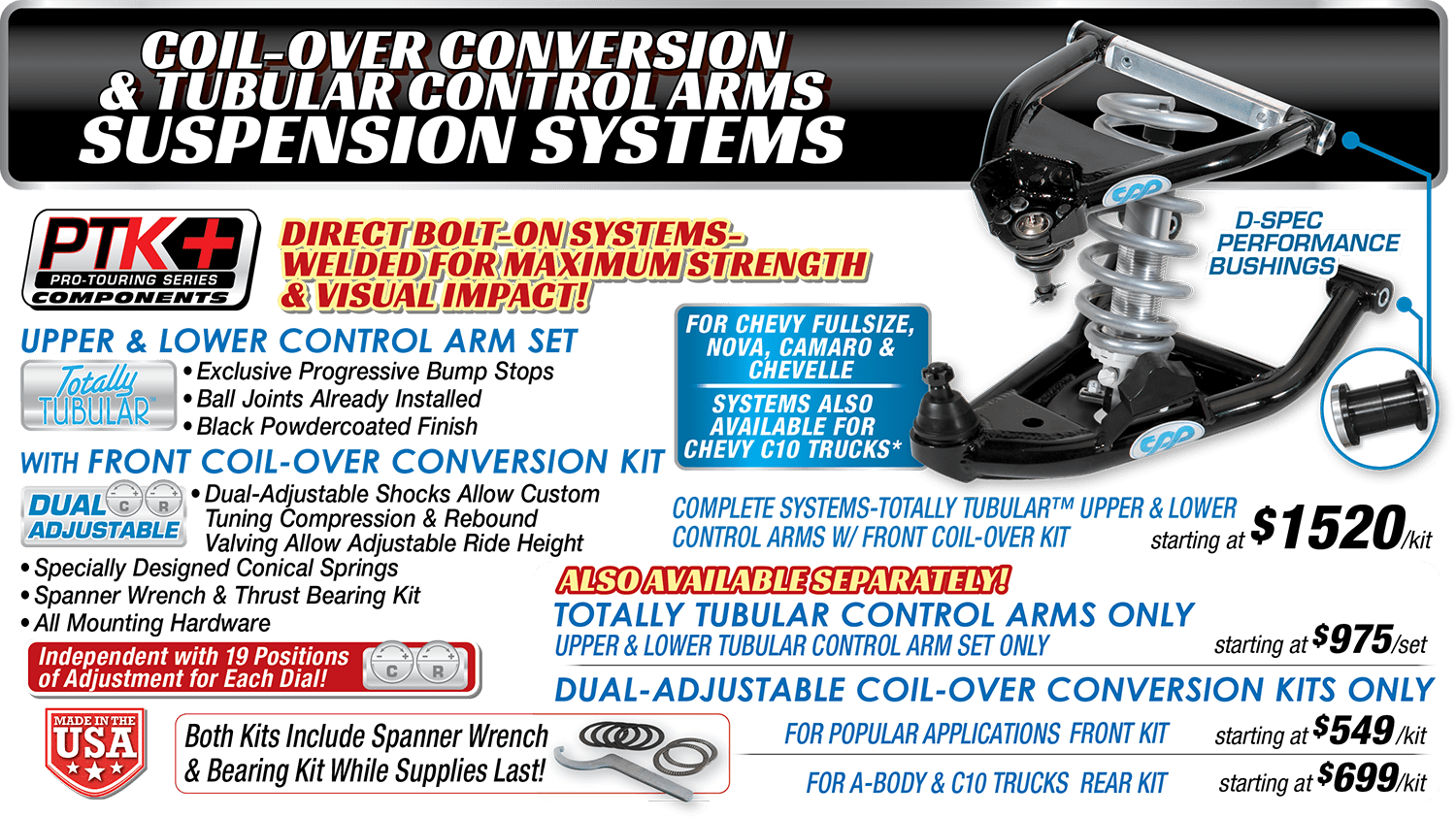
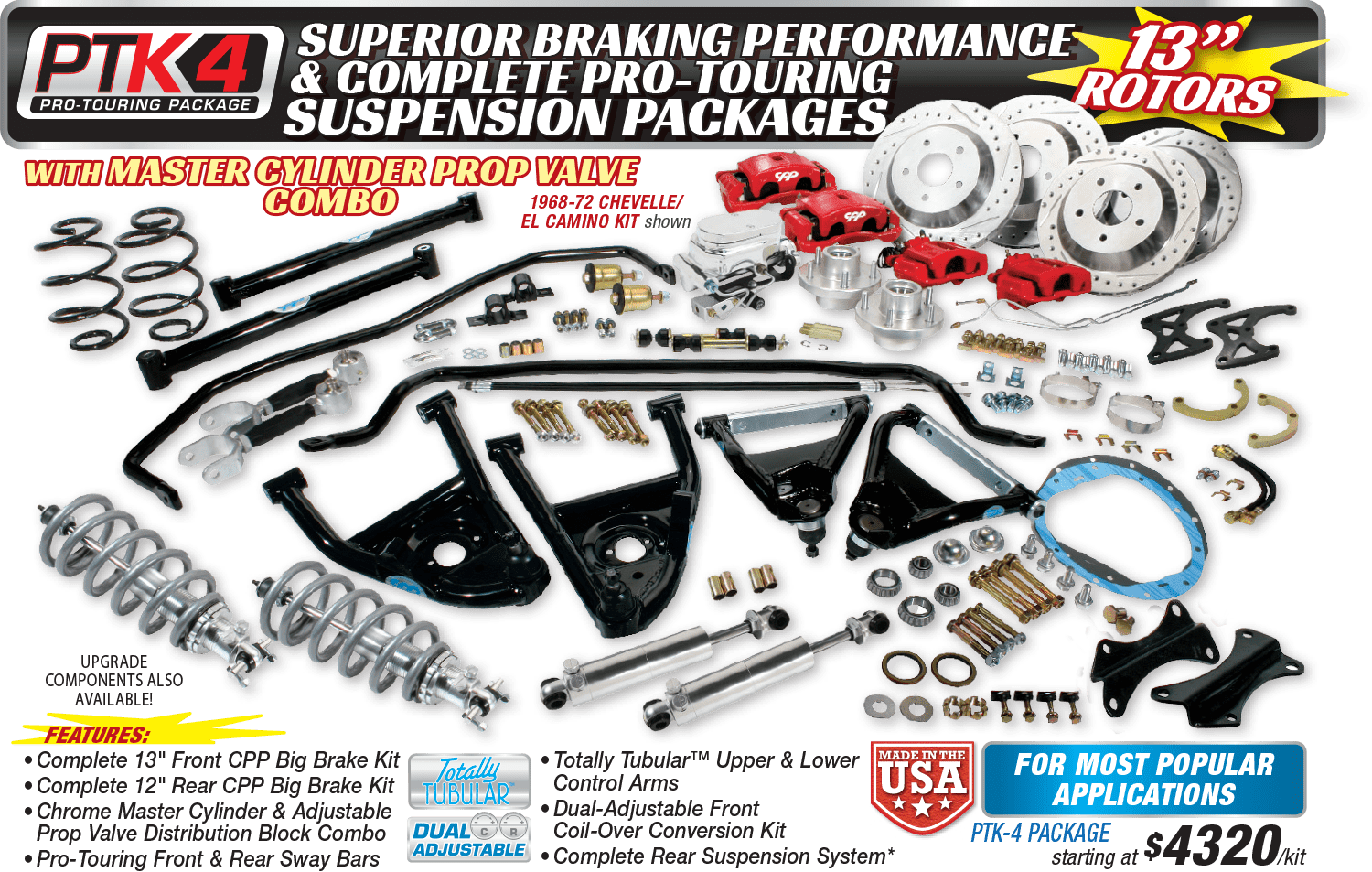
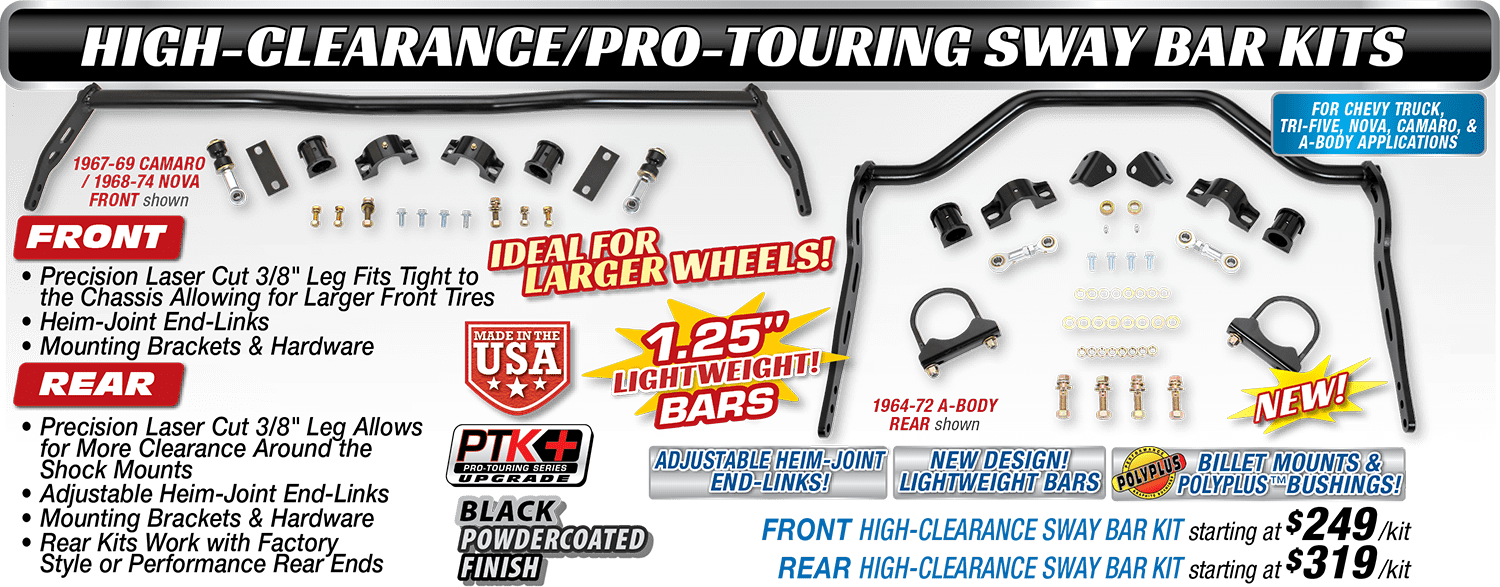

Wes Allison, “Rotten” Rodney Bauman, Shawn Brereton, Tommy Lee Byrd, Ron Ceridono, Grant Cox, John Gilbert, Tavis Highlander, Jeff Huneycutt, Barry Kluczyk, Scotty Lachenauer, Jason Lubken, John Machaqueiro, Ryan Manson, Jason Matthew, Josh Mishler, NotStock Photography, Todd Ryden, Jason Scudellari, Jeff Smith, Tim Sutton, Wes Taylor, and Chuck Vranas – Writers and Photographers
Travis Weeks Advertising Sales Manager
Mark Dewey National Sales Manager
Patrick Walsh Sales Representative
ads@inthegaragemedia.com
AllChevyPerformance.com
ClassicTruckPerformance.com
ModernRodding.com
InTheGarageMedia.com
inthegaragemedia.com “Online Store”
For bulk back issues of 10 copies or more, contact store@inthegaragemedia.com
info@inthegaragemedia.com
Editorial contributions are welcomed but editors recommend that contributors query first. Contribution inquiries should first be emailed to info@inthegaragemedia.com. Do not mail via USPS as we assume no responsibility for loss or damage thereto. IN THE GARAGE MEDIA, INC. reserves the right to use material at its discretion, and we reserve the right to edit material to meet our requirements. Upon publication, payment will be made at our current rate, and that said, payment will cover author’s and contributor’s rights of the contribution. Contributors’ act of emailing contribution shall constitute and express warranty that material is original and no infringement on the rights of others.

Copyright (c) 2025 IN THE GARAGE MEDIA, INC.
PRINTED IN U.S.A.

 firing up
firing up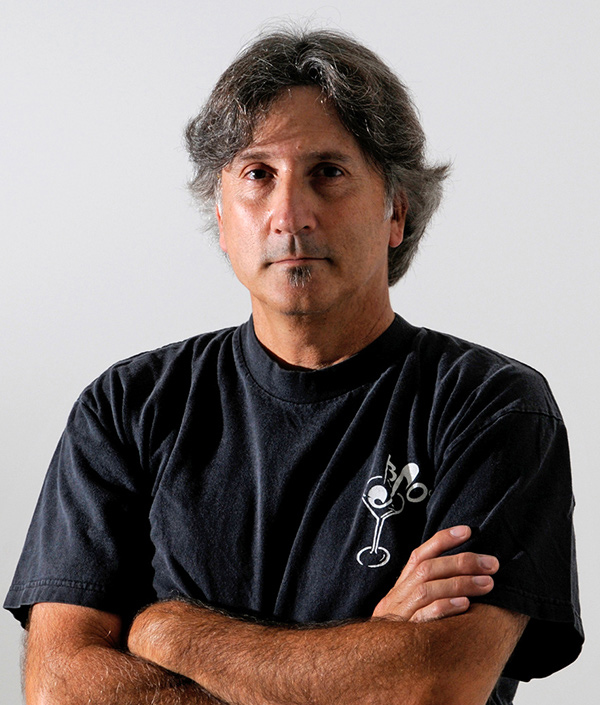
 BY NICK LICATA
BY NICK LICATA

s I scribe this month’s editorial, it’s a few days post SEMA and I’m attempting to unpack some of the happenings from the event, which includes recalling the many conversations that took place with the plethora of industry folks. It’s all still a blur that generally takes weeks for me to process. Heck, at my age remembering only half of what went down ain’t as easy as it used to be, but I always recognize the importance of SEMA and what it does for the aftermarket industry.
The first SEMA Show took place in 1967 in the basement of Dodger Stadium. It was a relatively modest event that featured around 98 exhibitors and attracted roughly 3,000 attendees. This was 57 years before Freddie Freeman’s unforgettable walk-off grand slam against the New York Yankees in the 10th inning of Game 1 of the 2024 World Series, an achievement that will forever mark Freeman’s legacy in baseball history, which happened at the very same venue.
As that memorable home run is sure to shape the minds of young baseball fans for a lifetime, the SEMA Show plays an important role in determining the direction of the automotive aftermarket industry. Just as SEMA has done since its humble beginnings, it still brings an outstanding number of new performance products and muscle car builds that influence future projects. In some instances, those influences can be small incremental pieces less noticeable at first glance, while other large aspects make bold statements that can overshadow the subtle details.
 PARTS BIN
PARTS BIN
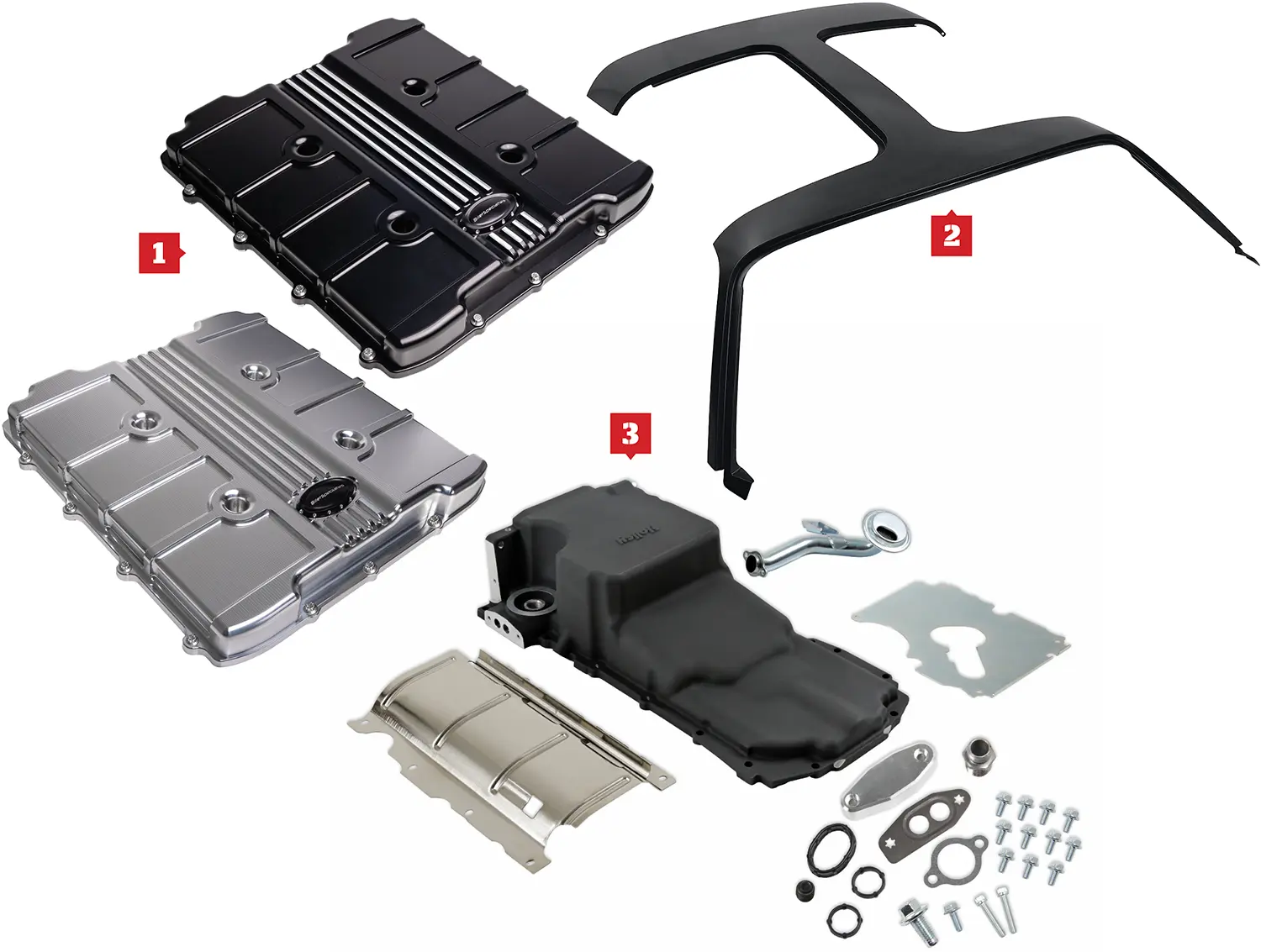

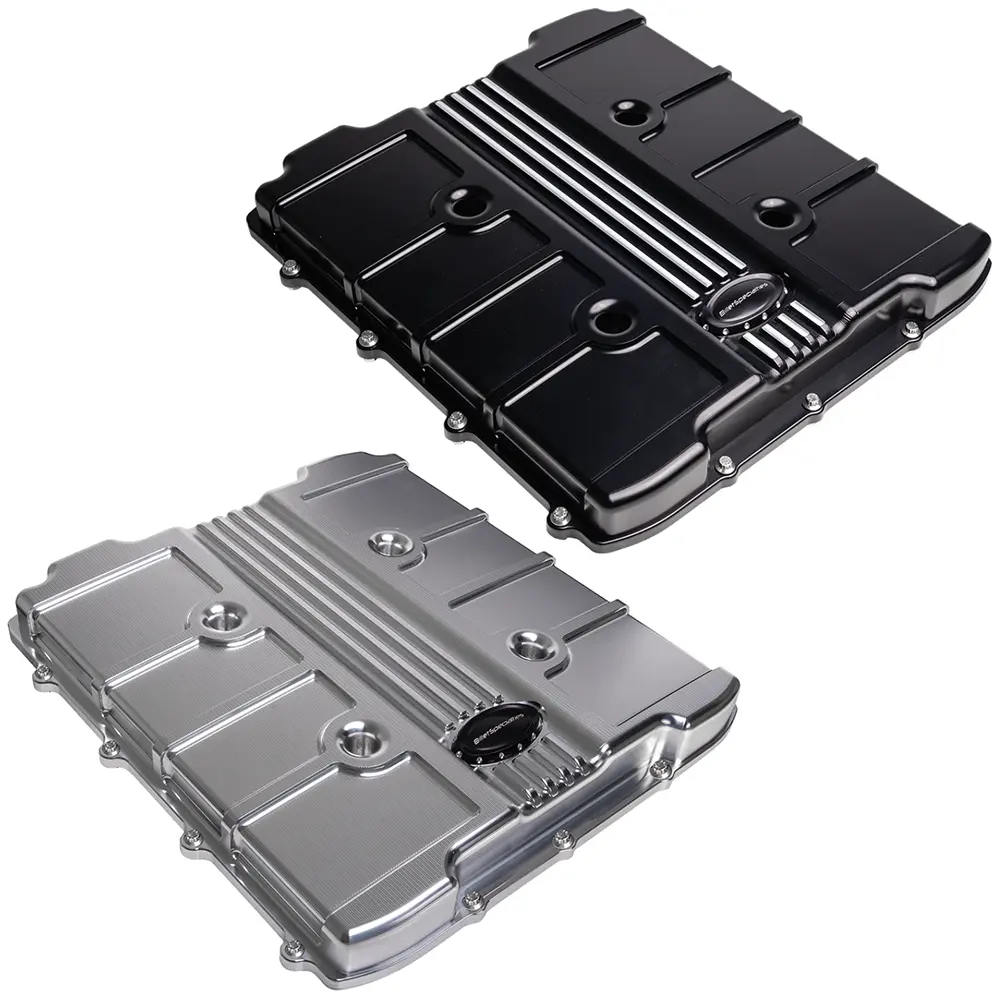
 CHEVY CONCEPTS
CHEVY CONCEPTSInTheGarageMedia.com

 Text & Rendering by Tavis Highlander
Text & Rendering by Tavis Highlander
his Chevelle is getting all the right goodies to make it a great driver. An LS1 backed by a T56 will send power to a 12-bolt rearend. Detroit Speed suspension will make it handle the turns and big Wilwood six- and four-piston caliper disc brakes will bring it to a stop. The 3030 Series G wheels, in 18×9.5 and 18×12, allow for some wider rubber and capitalize on the aggressive stance.
Making this build even more special is the story behind it. The owner originally purchased it in high school and started modifying it right away. When it was time for college, the Chevelle got parked in the barn and stayed there for about 20 years. When COVID-19 hit, the project was pulled out and assessed. Inspired by Kyle Tucker’s “Twister” 1969 Camaro, the owner put together a list of modifications that would be necessary to achieve his goal. The final build will be handled by Hawk’s Speed Shop in Manchester, Tennessee.
 FEATURE
FEATURE
 Images by Josh Mishler
Images by Josh Mishlerim Buck’s venture into muscle cars began in his teenage years. It all started with his first build, a 1956 Chevy, which gradually led to a number of street rods, customs, and various muscle cars. His last car was a 1970 Chevelle Super Sport, which was impressive but wasn’t the pinnacle of his ambition. Though it had a few modifications, it was just a typical muscle car by his standards.

 TECH
TECHSelecting Super Stoppers
BY Ron Ceridono
Images by Ryan Foss
Videography by Ryan Foss Productions
ith all the options available today there are some critical questions to ask when selecting an aftermarket brake system. When the team at Eddie Motorsports needed help deciding what components to use on their LS-powered 1972 Chevy Nova they turned to Wilwood Disc Brakes’ Mike Hamrick for advice.
The first question Hamrick always asks is, “What are you going to do with the car?” In this case the Chevy would primarily be used on the street for “spirited driving” and occasionally compete in an autocross, but not see open track use. Of course there was an aesthetic consideration, as they were after the retro muscle car/Pro Touring look. To accomplish the goals set forth, Hamrick recommended their six-piston Narrow Forged Superlite 6R caliper kit up front with 12.88-inch SRP, drilled-and-slotted rotors. Because less rear braking is needed in a street car application, he suggested a four-piston rear caliper. In this case Narrow Forged Superlite 4R calipers were used as they are made from the same forgings as six-piston calipers, so they perfectly match those up front. Rotors were also 12.88-inch in the rear.
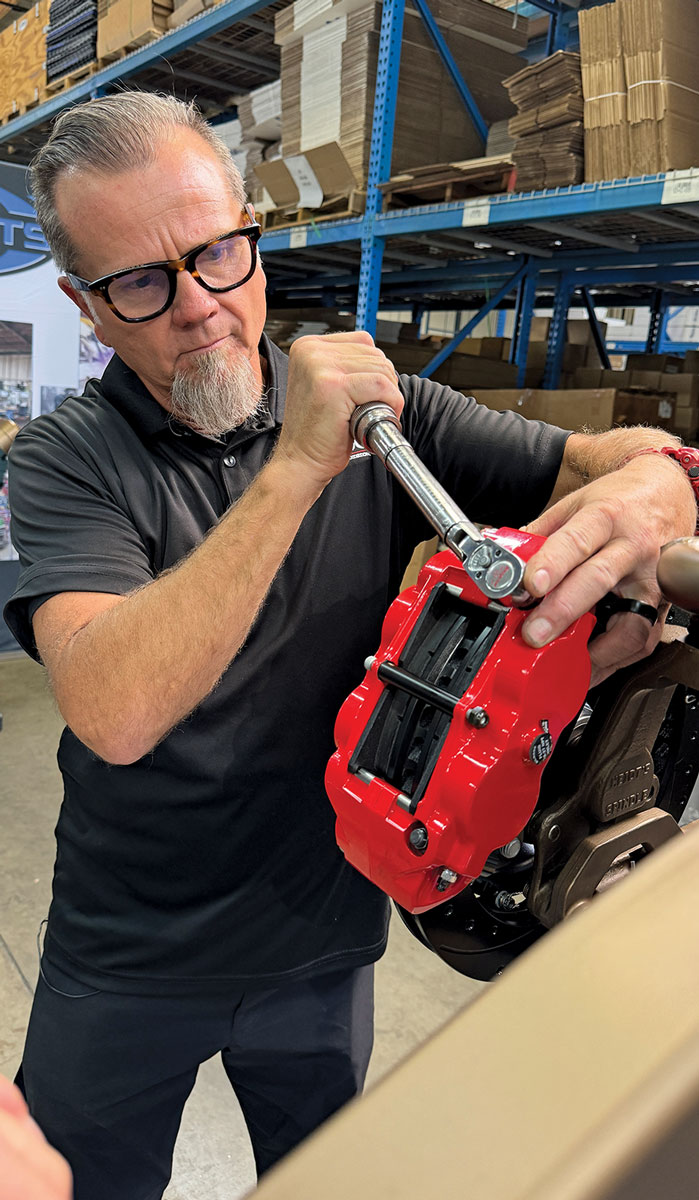
1. Wilwood’s Mike Hamrick torques the fasteners securing the six-piston caliper to the Heidts front suspension that will be under the Eddie Motorsports 1972 Chevy Nova.
The Whys and Wherefores of Wilwood Brakes
Images by Ryan Foss
Videography by Ryan Foss Productions

1. Wilwood’s Mike Hamrick torques the fasteners securing the six-piston caliper to the Heidts front suspension that will be under the Eddie Motorsports 1972 Chevy Nova.
ith all the options available today there are some critical questions to ask when selecting an aftermarket brake system. When the team at Eddie Motorsports needed help deciding what components to use on their LS-powered 1972 Chevy Nova they turned to Wilwood Disc Brakes’ Mike Hamrick for advice.
The first question Hamrick always asks is, “What are you going to do with the car?” In this case the Chevy would primarily be used on the street for “spirited driving” and occasionally compete in an autocross, but not see open track use. Of course there was an aesthetic consideration, as they were after the retro muscle car/Pro Touring look. To accomplish the goals set forth, Hamrick recommended their six-piston Narrow Forged Superlite 6R caliper kit up front with 12.88-inch SRP, drilled-and-slotted rotors. Because less rear braking is needed in a street car application, he suggested a four-piston rear caliper. In this case Narrow Forged Superlite 4R calipers were used as they are made from the same forgings as six-piston calipers, so they perfectly match those up front. Rotors were also 12.88-inch in the rear.
 FEATURE
FEATURE Images by the author
Images by the author
first car is more than just transportation; it’s a symbol of freedom, independence, and the beginning of a new chapter. While today’s standards might make them seem less impressive, those early rides held a unique charm that’s hard to replicate. Looking back, would you still cherish your first car, or has time dimmed its allure? Some people hold onto their original cars, while others move on but intimately spend years searching for a replica to relive those nostalgic days. As anyone who’s tried knows, recreating the past is rarely as simple as it seems.
Jeff Johnson, of Yorba Linda, California, knows this all too well. After graduating high school with an engineering scholarship, Jeff’s parents surprised him with a 1969 Camaro—a car that would become an integral part of his life. He and his friends made countless memories, and he even had a first date with his future wife, Joyce, at the 1972 Winternationals in Pomona. However, when Jeff and Joyce got married, they had to make a difficult decision: sell the Camaro to purchase essential household items. While it was a tough choice, they knew it was the right one for their future. Joyce’s father stepped in to help, allowing Jeff to drive his old 1962 Chevy wagon, affectionately nicknamed “the bus.”
 TECH
TECH
 Images by the Author
Images by the Authoro much of life is about being at the right place at the right time. The same is also true about ignition timing for internal combustion engines. For an engine to make great power it must have all the right parts, including camshaft, cylinder heads, compression, induction, and exhaust. But if the ignition timing is too late or too early, the engine will run poorly and there’s the potential for catastrophic damage.
There is also the time-honored tuner’s advice that we’ve seen played out a hundred times that proclaims, “Ninety percent of carburetion problems are ignition related.” That may be overstating the case slightly, but it’s true enough to take to heart.
This story will outline the three components of ignition timing for engines with distributors and how they all interrelate to bring out all the potential power and efficiency your engine has to offer. We will focus on street engines with carburetors and distributors with an abbreviated nod toward fuel-injected engines with computer control of the ignition. The approaches to obtaining the right ignition curve are the same for all engines—EFI just gets there using a much more precise digital approach.
 FEATURE
FEATURE
 Images by NotStock Photography
Images by NotStock Photographyhe 1955 Chevy holds iconic status for so many reasons, boasting striking aesthetics with clean lines and classic chrome accents, a distinctive front grille offering a sporty appearance, drawing the attention of consumers. But it wasn’t just the look—the car marked the introduction of Chevrolet’s first small-block V-8 appearing underhood. The 265ci engine was a powerhouse at the time and set the foundation for Chevy’s long-standing reputation for delivering reliable horsepower in affordable vehicles.

 TECH
TECH
 Images by Chadly Johnson
Images by Chadly Johnsono to any automotive event and chances are the cars with the most outrageous features will draw the attention of the casual onlooker. But for true enthusiasts it’s the subtle details, like the extra effort put into body fit and panel alignment that catch the eye of the knowledgeable. These are the cars that get better the more you look at them, which is typical of the cars that come out of MetalWorks Classic Auto Restoration in Eugene, Oregon.
Case in point is a 1963 Chevy II. This GM line of compact cars was meant to compete with the likes of the Rambler, Ford’s Falcon, Chrysler’s Valiant/Lancer, and a number of GM products, including Chevy’s own Corvair. Like all the cars in this class, the Chevy II was affordable with a base price around $2,100.
Like most cars of the era, Chevy’s quality control was described by some automotive writers as “lacking” in 1963. Poor door and window fit were common complaints and body panels were often gapped and aligned poorly. But one of the most noticeable issues with the Chevy II shown here was the mismatch between the headlight bezels and the front fenders. It makes one wonder if the team designing the fenders and those responsible for the headlight bezels ever met. There was no way the crew at MetalWorks was going to let something like this go unresolved, so master metal man Dave Williams was assigned the task of making things right.

 Images by LUKE MUNNELL
Images by LUKE MUNNELLt’s not uncommon for guys who grew up in the late 1960s and 1970s to gravitate toward building the muscle car they’ve always wanted—typically one from back in their high school days but they just didn’t have the cash to do so at the time. Fast-forward 30-or-so years and decades of service in the workforce has enabled many the financial freedom to finally build that classic muscle car they’ve always wanted.
Brian Myers is one of those guys who harkens back to his high school days when many of his friends were driving cool hot rods, and one friend who owned a distinctive 1970 Chevelle. “That car was just so cool to me, and I’ve wanted it ever since,” Brian recalls.
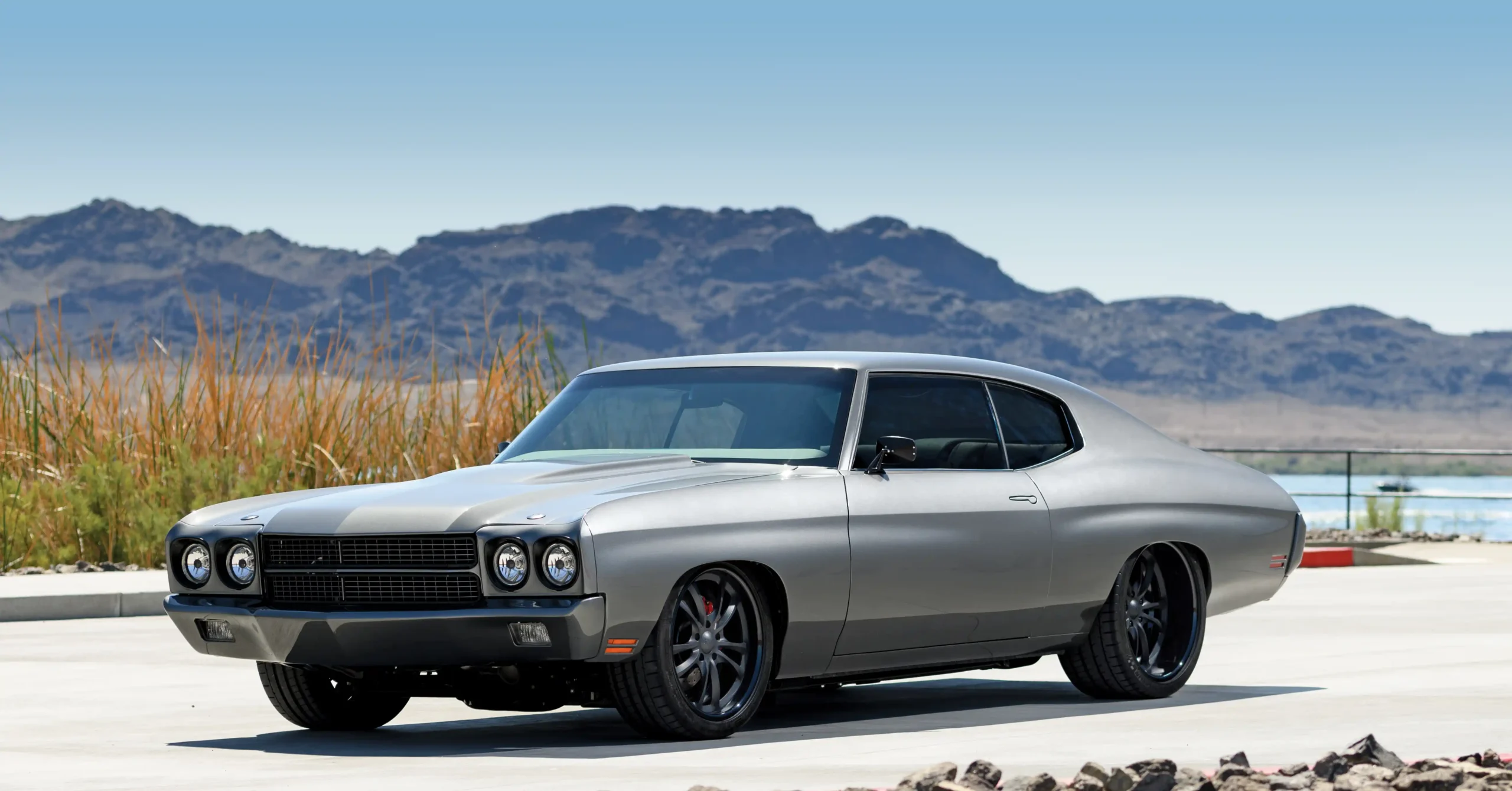
 TECH
TECH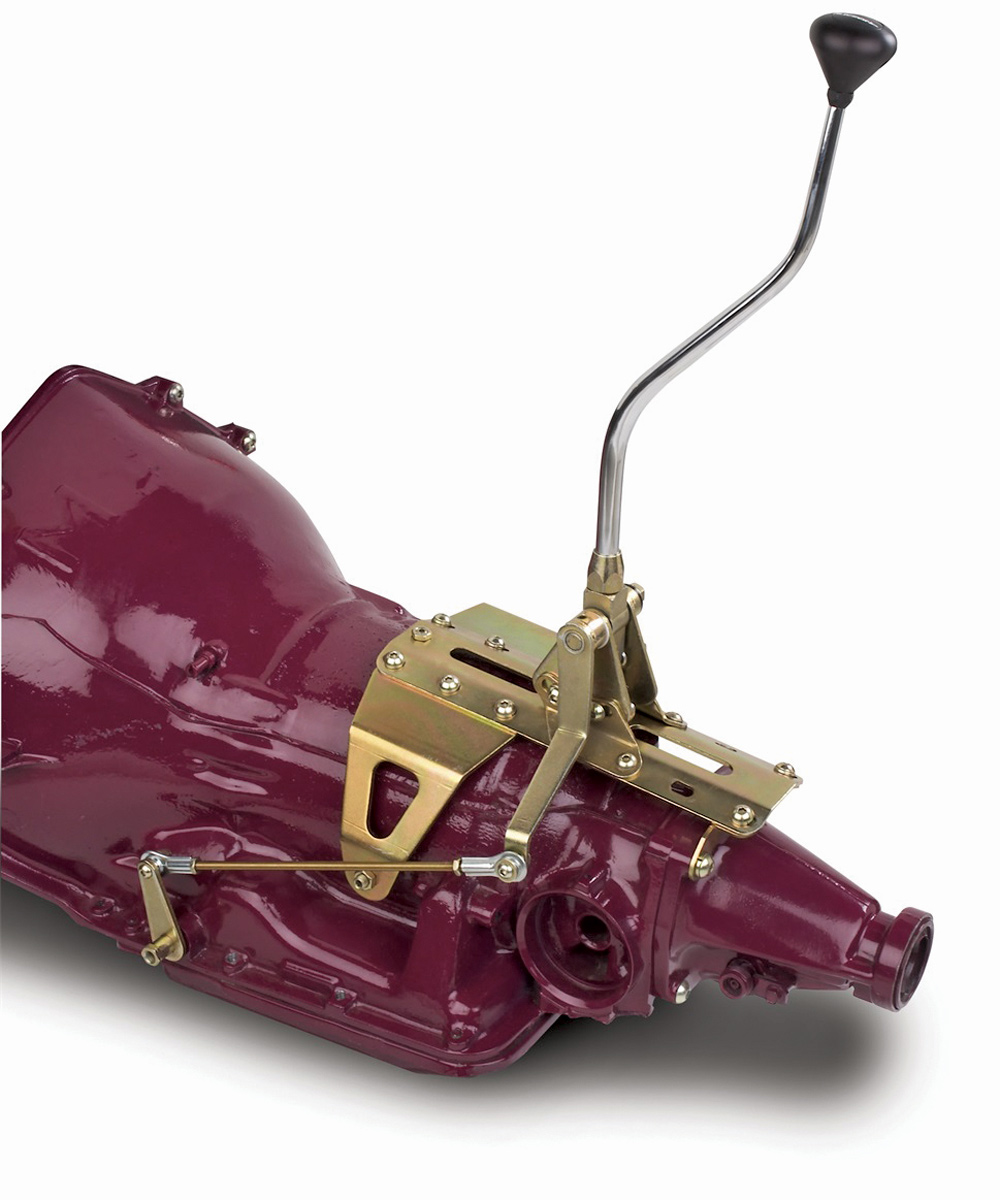
 Images by THE AUTHOR
Images by THE AUTHORith the old SBC/Muncie combo removed from our buddy Bruce Valley’s 1957 Chevy and the LS3/4L60E resting in its place, it’s time to sort out shifter requirements as well as our pedal options. Valley liked the floor shift setup of the Muncie and wanted to retain said location of shifter. Easy enough. But when it came to pedal options, that got a little more muddled since the stock throttle pedal would not be compatible with the LS3’s drive-by-wire requirement. As luck would have it, Lokar Performance Products had options for that as well as the floor shifter, even going so far as to offer an upgrade to the original brake pedal that would result in not only a better-looking pedal arm, but the ability to match a pair of throttle/brake pedal pads.
Pulling the existing carpet up, and with the Muncie shifter removed, exposed a fairly large hole in the floor, with a few previous repairs being evident. That would make installing a Lokar floor-mounted shifter a little easier, but the previous “repairs” meant we had a little bit of sheetmetal work that would be required once the shifter was in place. Thankfully, mounting the shifter is as simple as picking a location, drilling the four mounting holes, and bolting the shifter in place. Next, a slot in the floor needs to be cut for the shift lever. From there, it’s a matter of trimming the threaded rod and connecting the shifter to the trans. A few more adjustments and the installation is complete.

 Images by THE AUTHOR
Images by THE AUTHORhen Domenick “Dom” Genise of Oceanside, New York, started his latest Camaro project, there was no question as how this F-body was going a be built. “I always wanted to build a first-gen Camaro that I could just jump in and hit the highway. The car was going to be a restomod, set up with a modern drivetrain and suspension, so I would have no worries regarding reliability while out on the road,” Dom states.
Now, Dom is no rookie to the Chevy ponycar platform. “I grew up in Maspeth, Queens, and my dad owned a motorcycle shop in nearby Woodside. We always worked on our cars and bikes outside in our yard. My brother was a Ford enthusiast, so we were always in competition since I was a diehard Chevy guy,” Dom reflects. “Back then I had a 1967 Camaro that I worked on but never got on the road. I ended up selling it to buy an Electric Blue 1986 IROC Camaro.”

 EVENT
EVENT
 Images by
Images by he 2024 SEMA Show in Las Vegas, the aftermarket automotive industry’s most highly anticipated event, once again dazzled with cutting-edge custom vehicle innovations, professional builds, and the latest aftermarket performance products. Held annually at the Las Vegas Convention Center, the SEMA (Specialty Equipment Market Association) Show is where car enthusiasts, manufacturers, and industry professionals converge to showcase, learn, and celebrate the latest in automotive technology, design, and performance.
On November 5-8, 2024, this year’s SEMA Show drew over 150,000 attendees from the United States and across the globe. The show carries a ripple effect on the aftermarket auto industry that influences build style while driving the future of the industry, which in our case, we’re talking about the latest in everything related to Chevy performance.
Advertiser
- AJE Suspension69
- American Autowire45
- AMSOIL13
- Art Morrison Enterprises59
- Auto Metal Direct43
- Automotive Racing Products7
- Borgeson Universal Co.29
- Classic Industries23
- Classic Performance Products4-5, 89, 92
- Dakota Digital91
- FiTech EFI73
- Forgeline Motorsports75
- Golden Star Classic Auto Parts6
- Holley Performance Products9
- Lokar2
- National Street Rod Association61
- PerTronix27
- Powermaster Performance77
- Scott’s Hotrods ‘N Customs47
- Specialty Auto Parts75
- Speedway Motors31
- That’s Great News89
- Thermo-Tec Automotive89
- Trick Flow Specialties73
- Tuff Stuff Performance Accessories69
- Wilwood Engineering11








